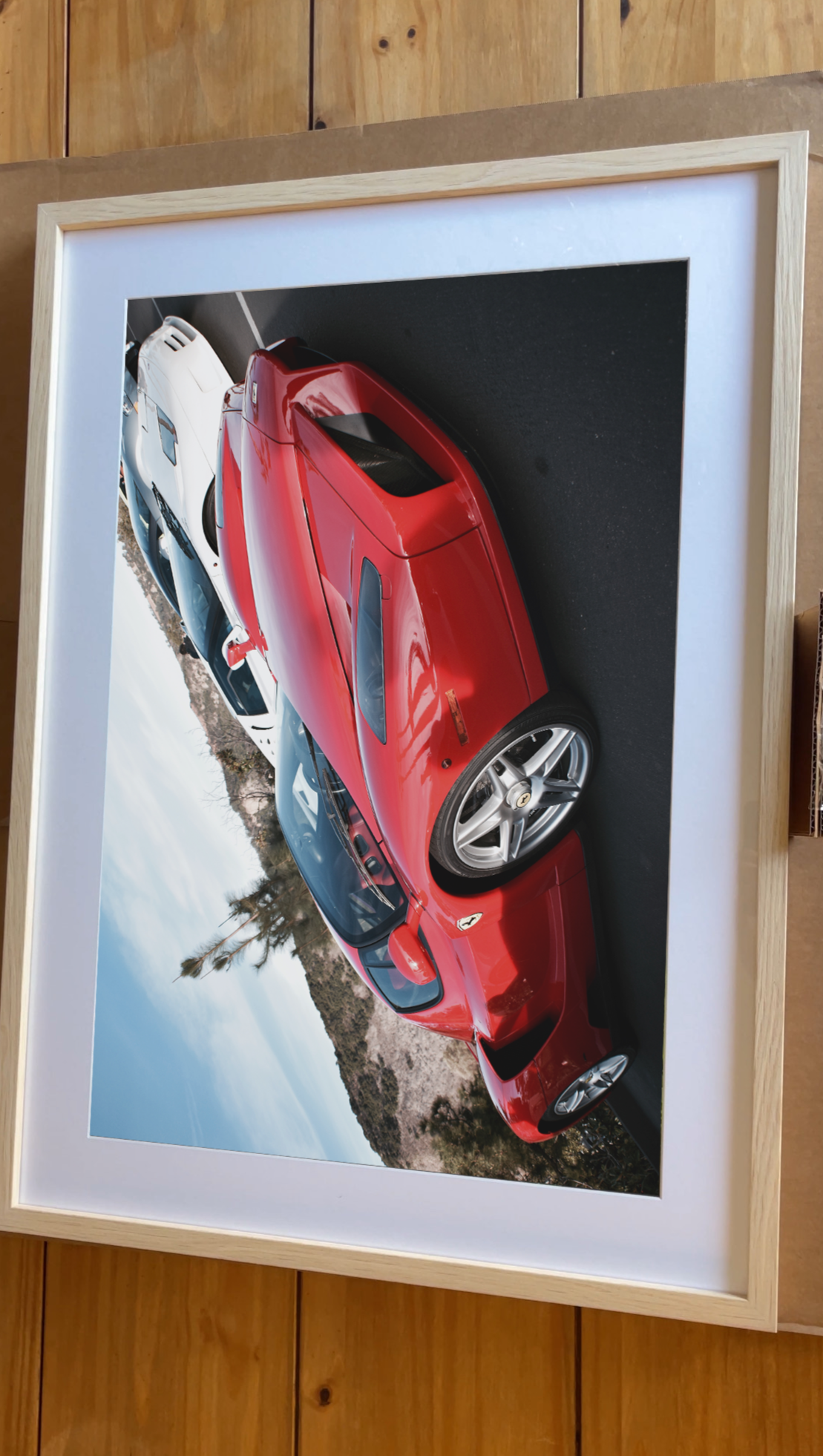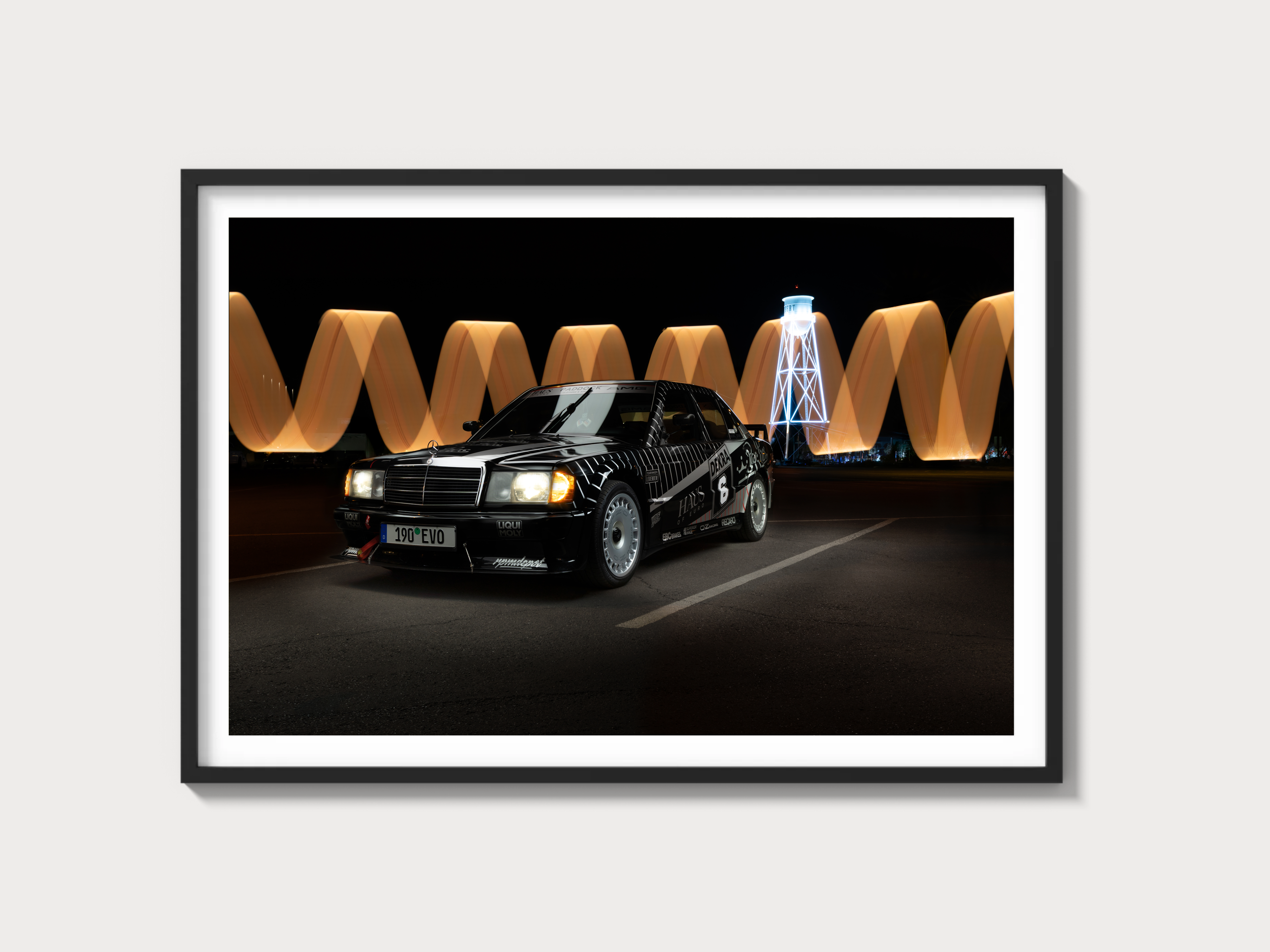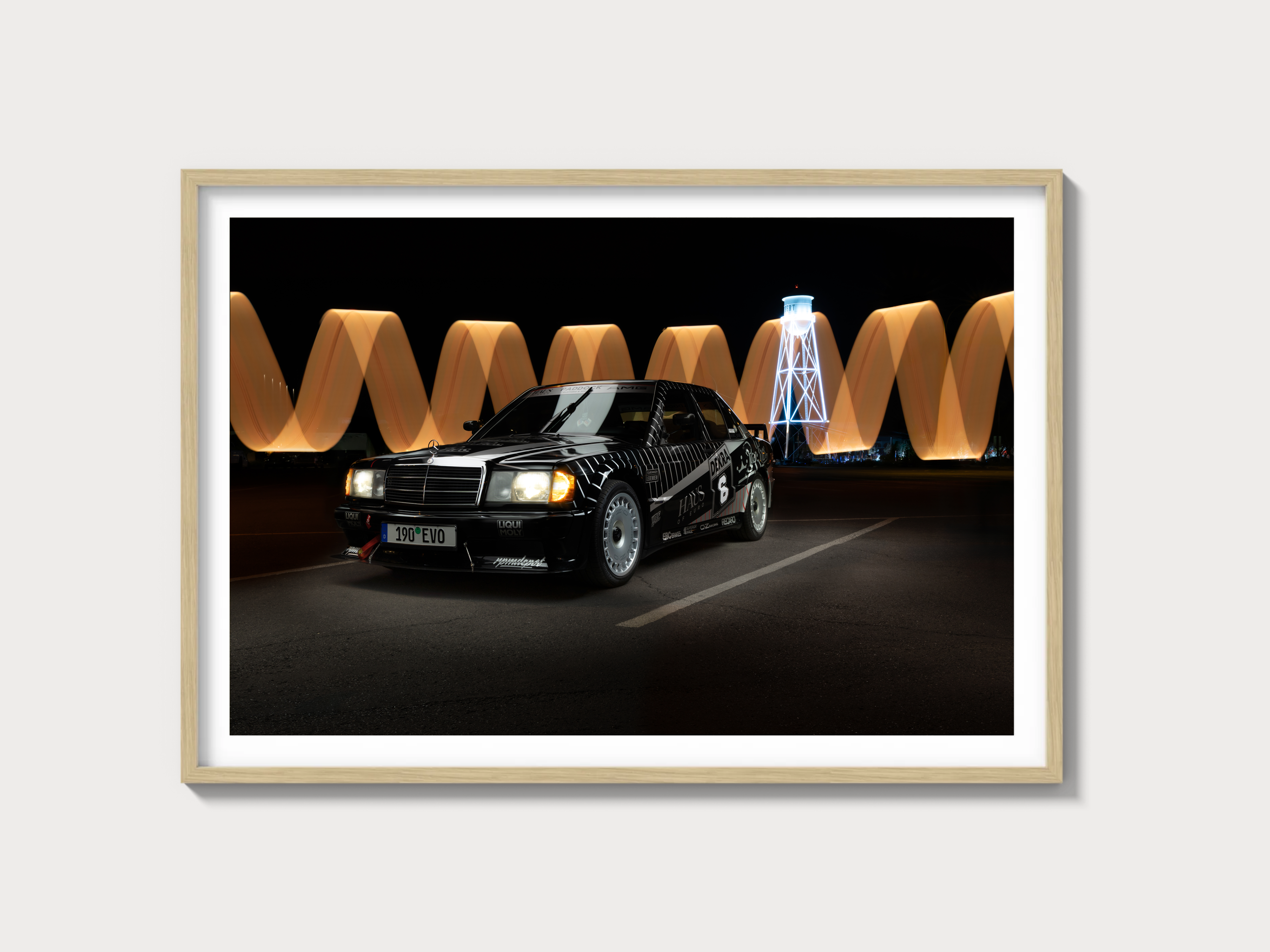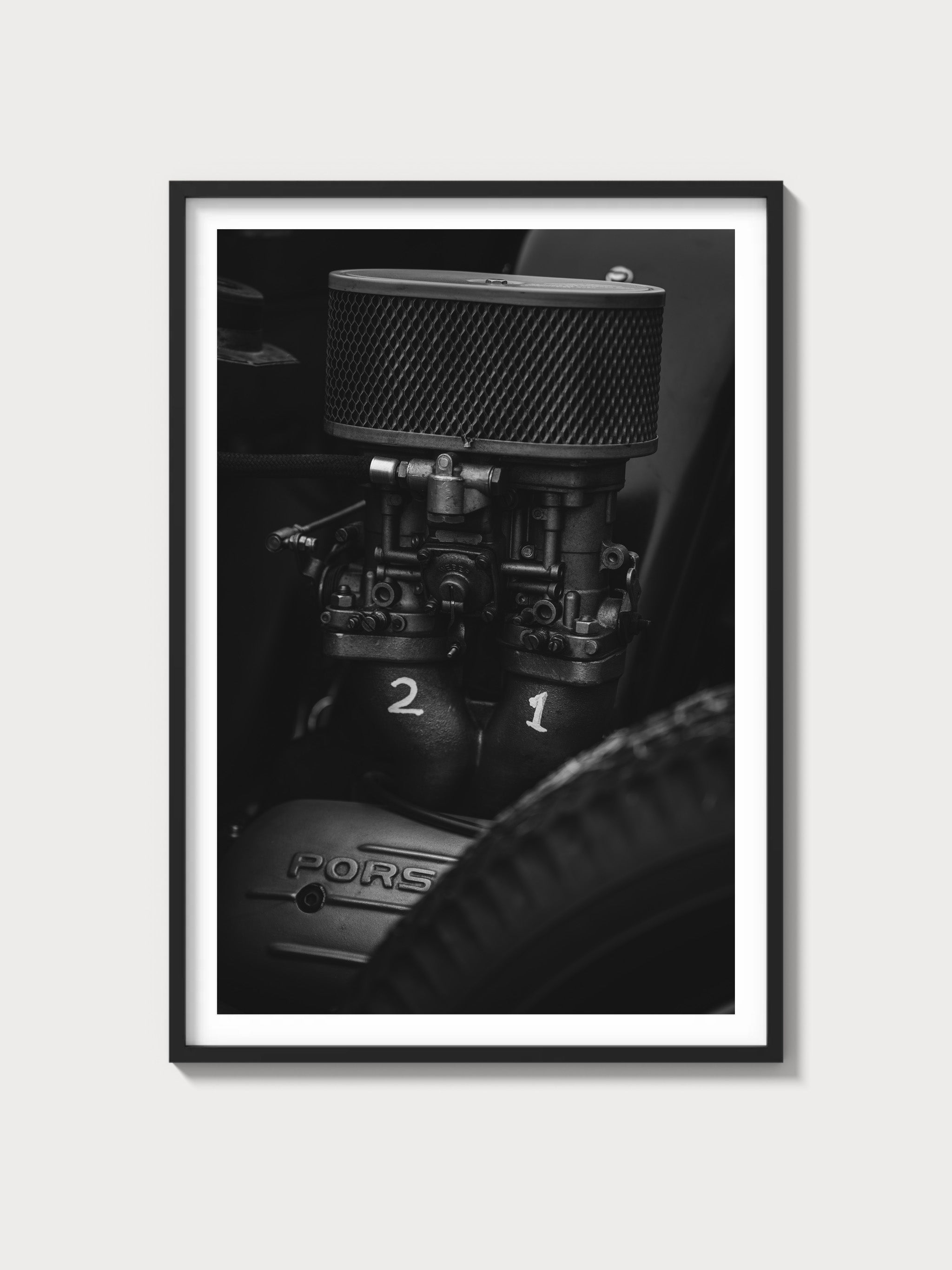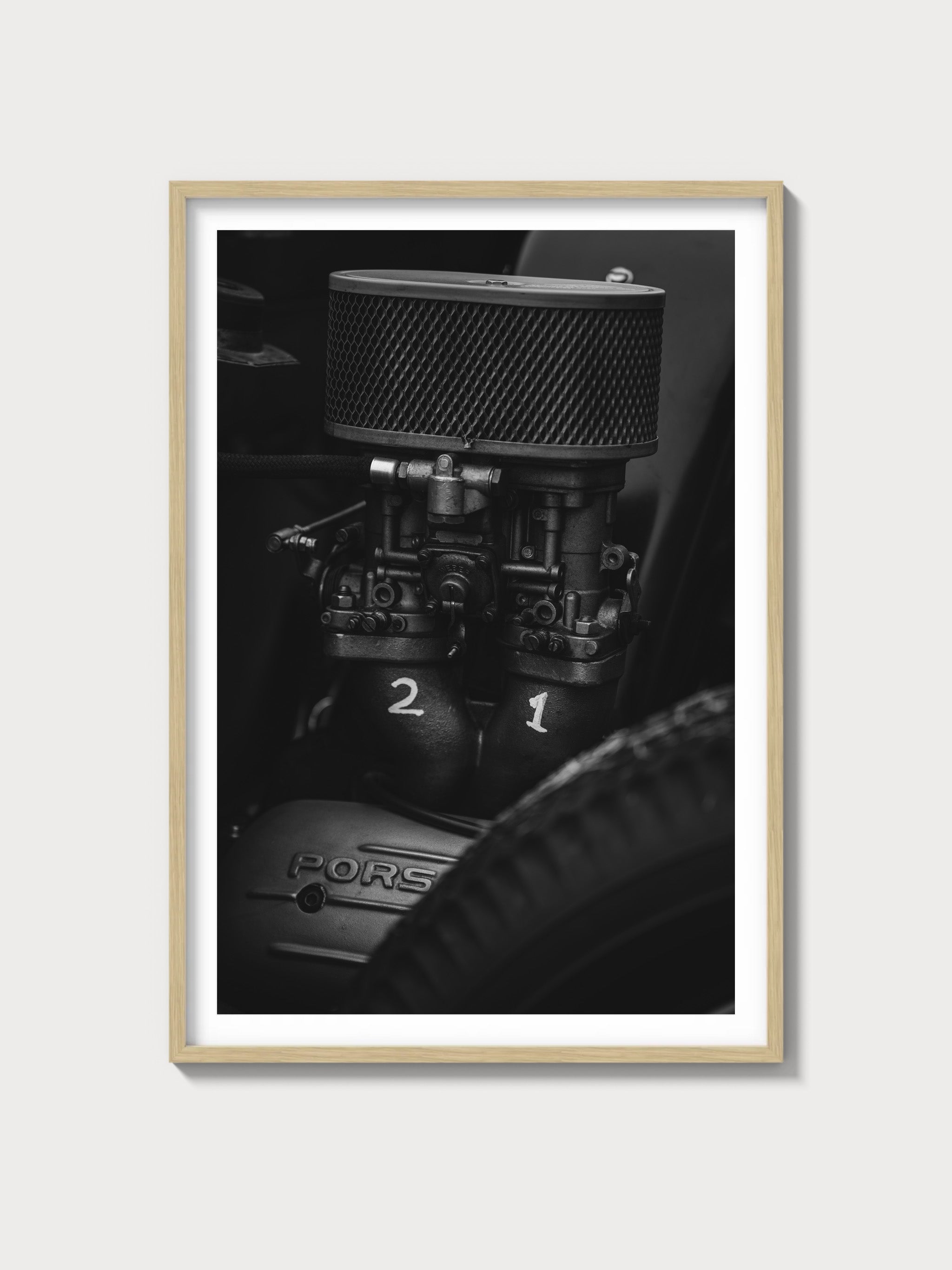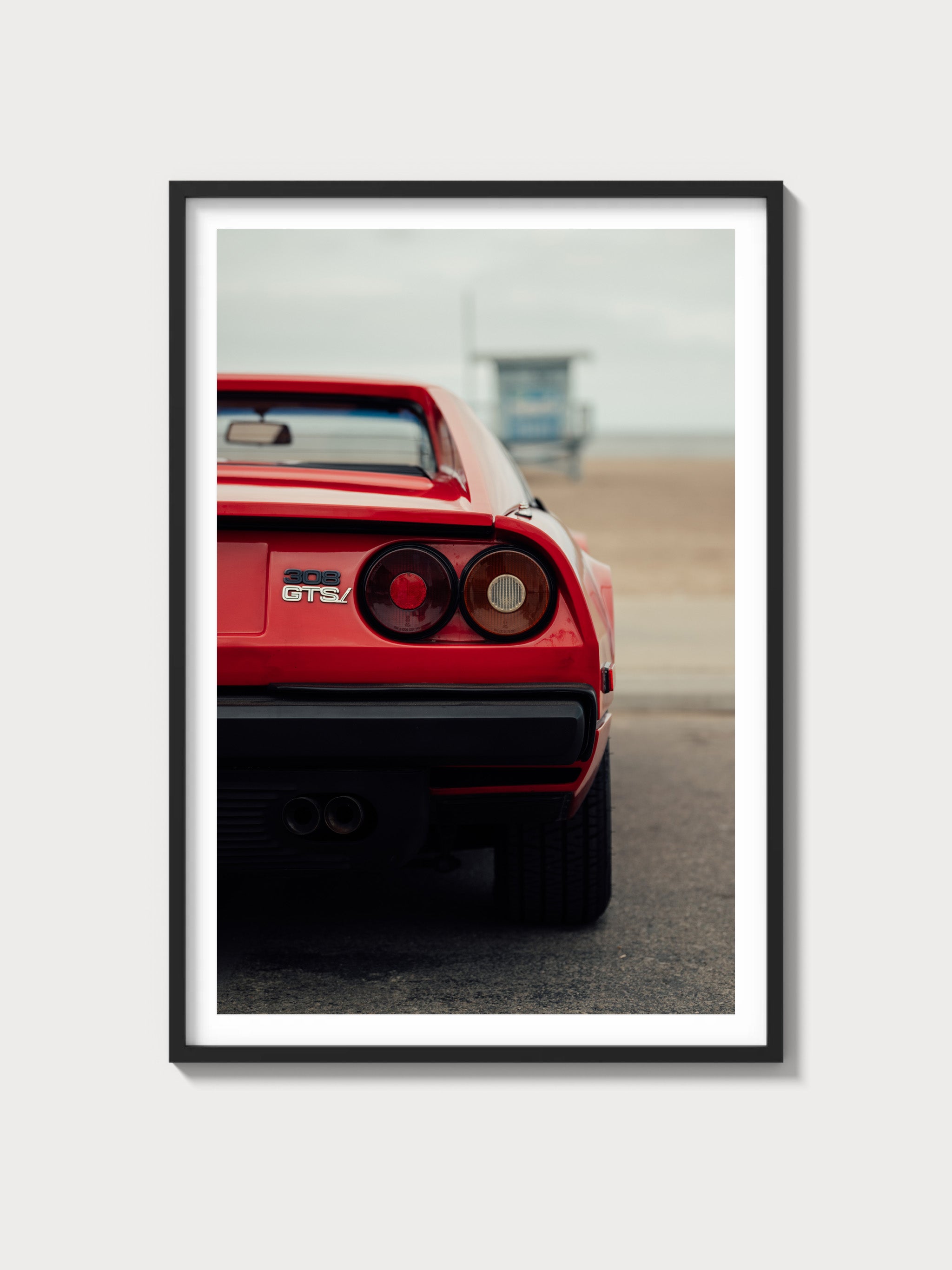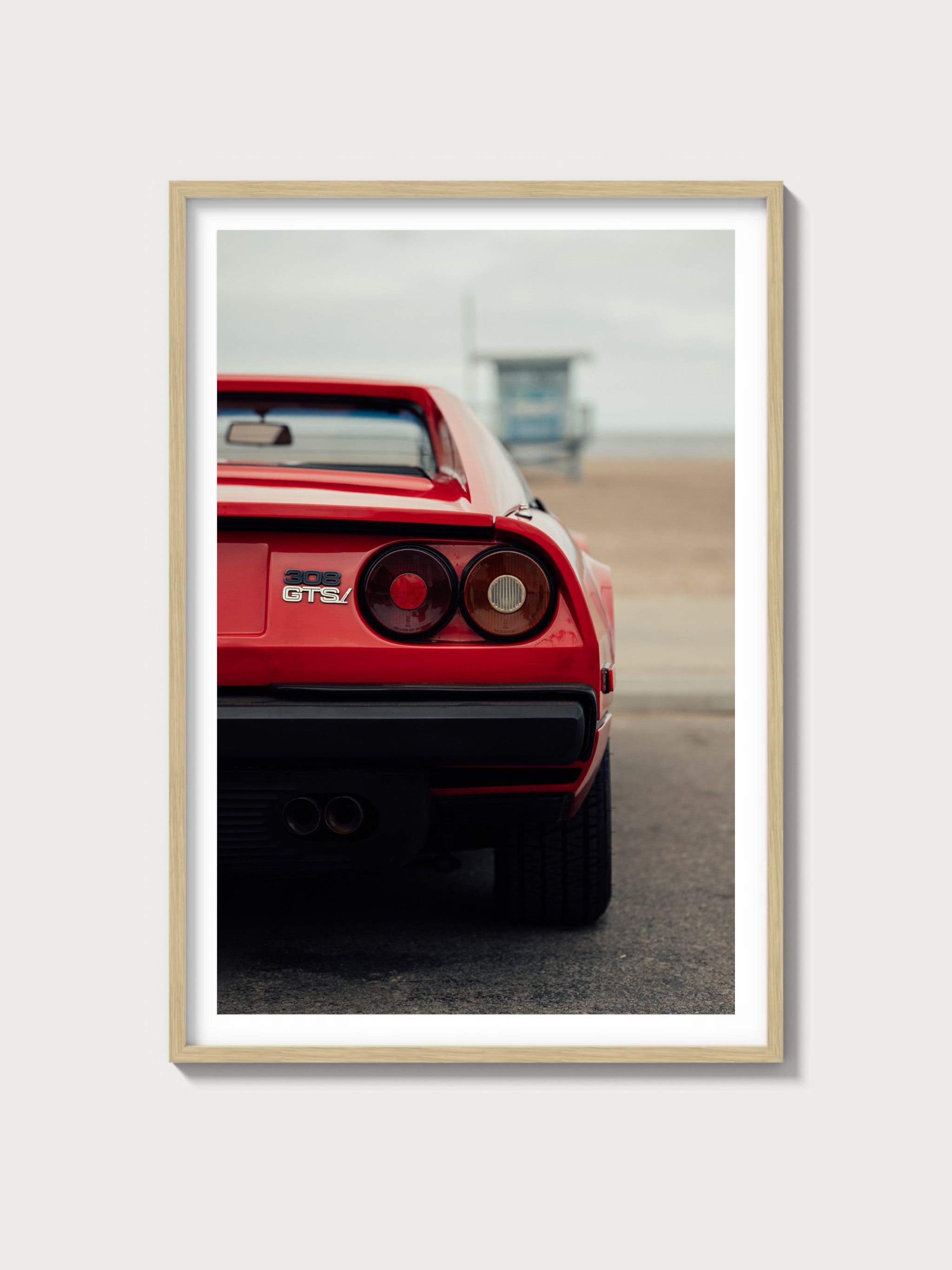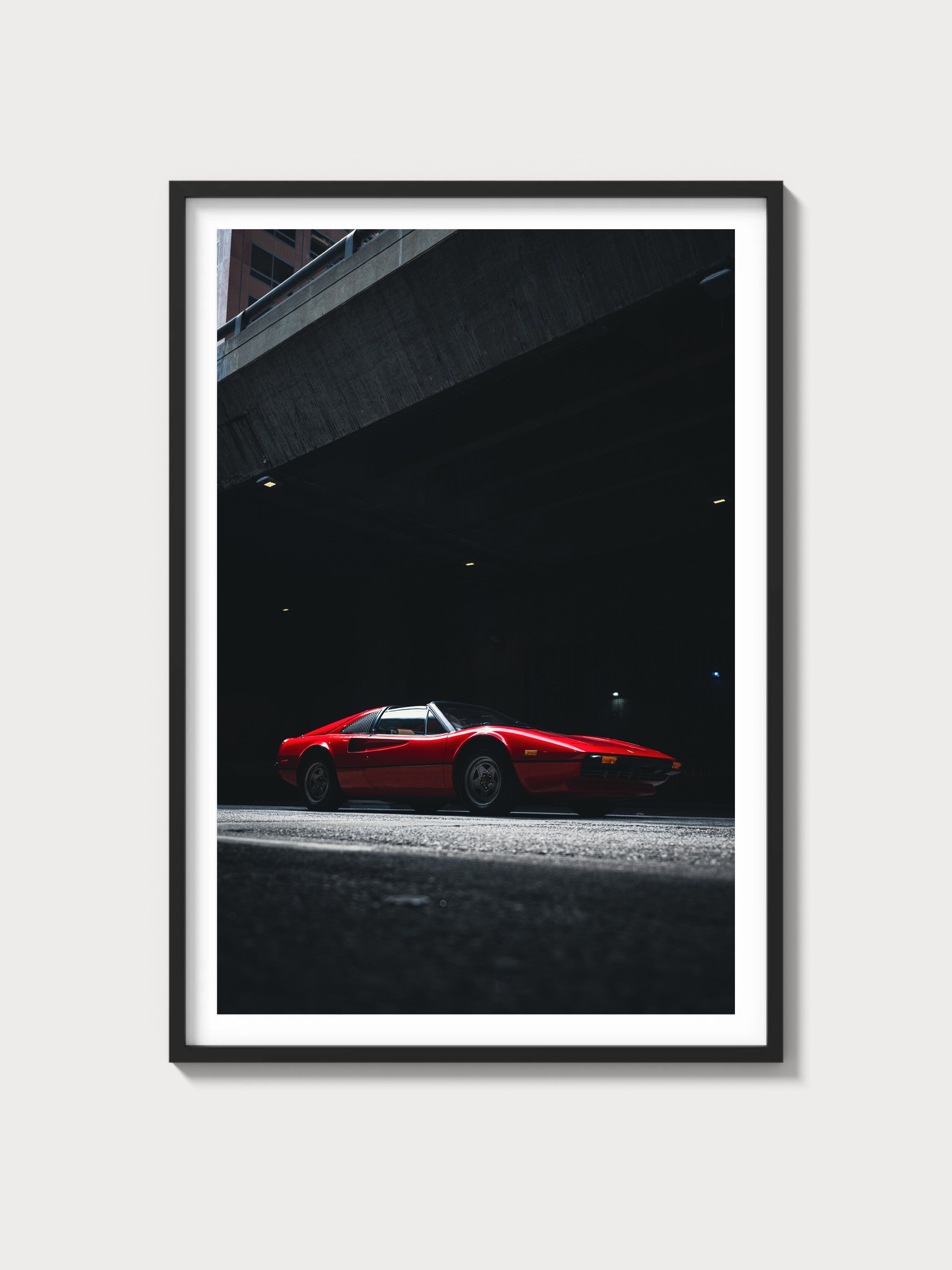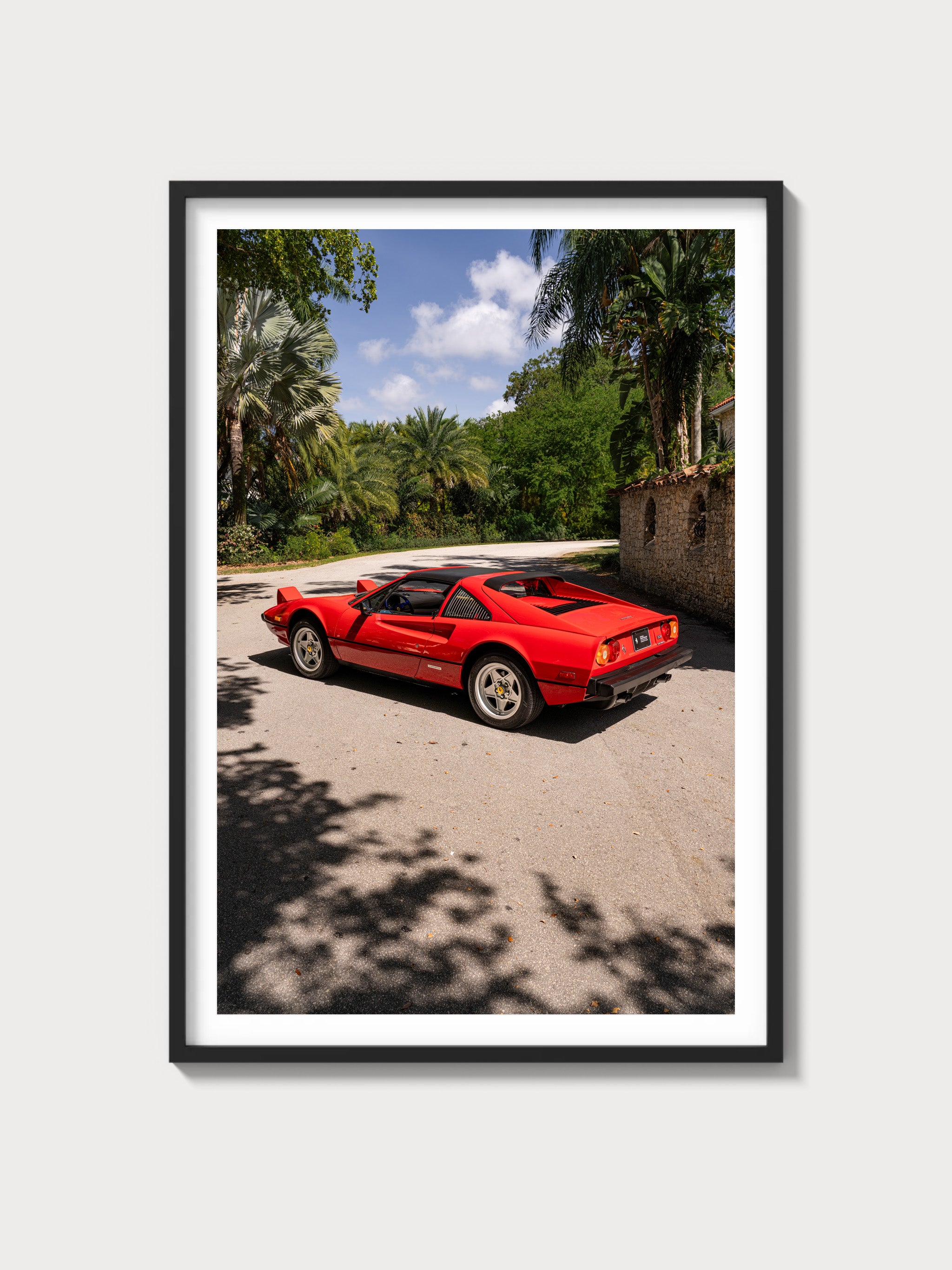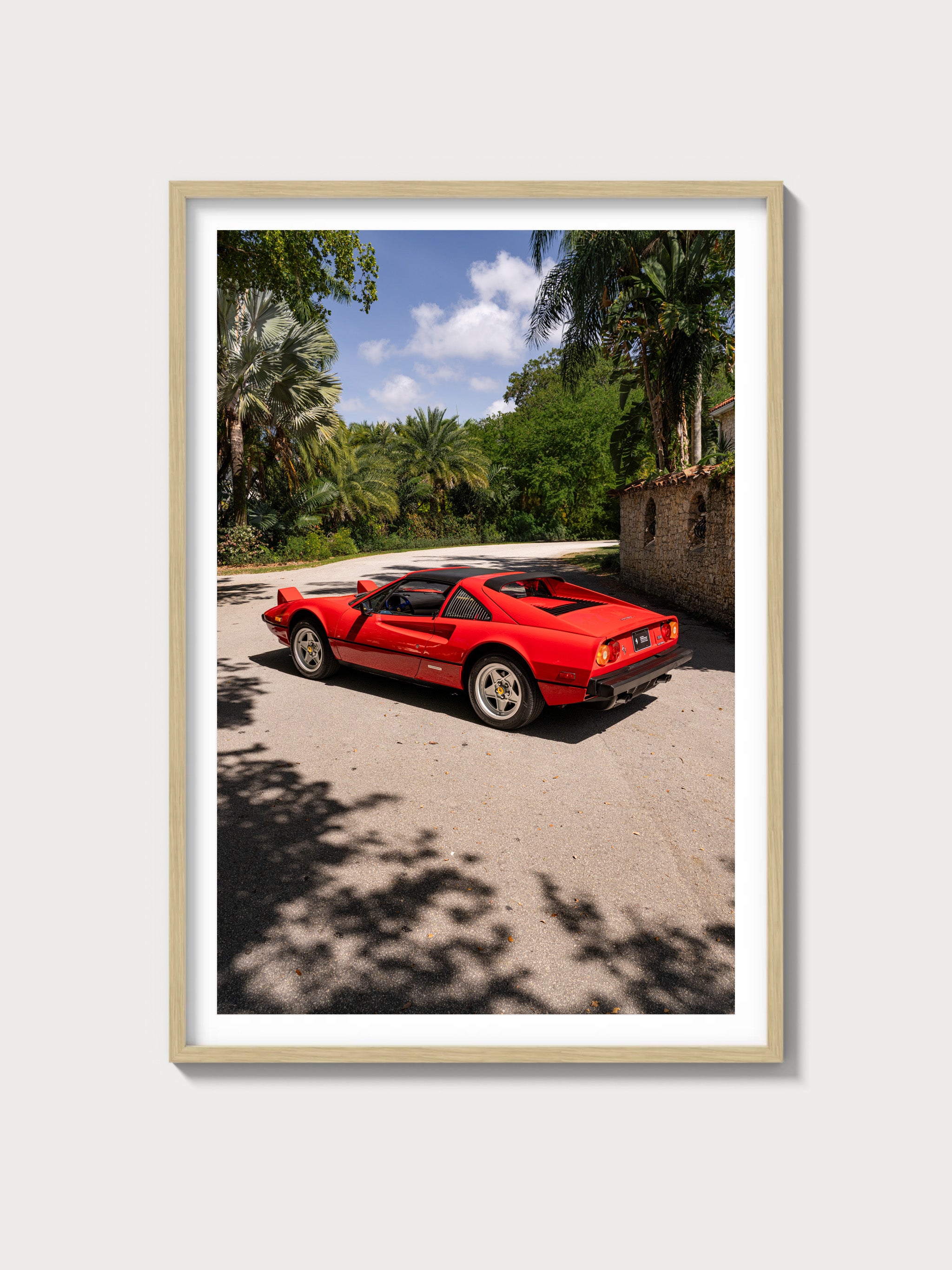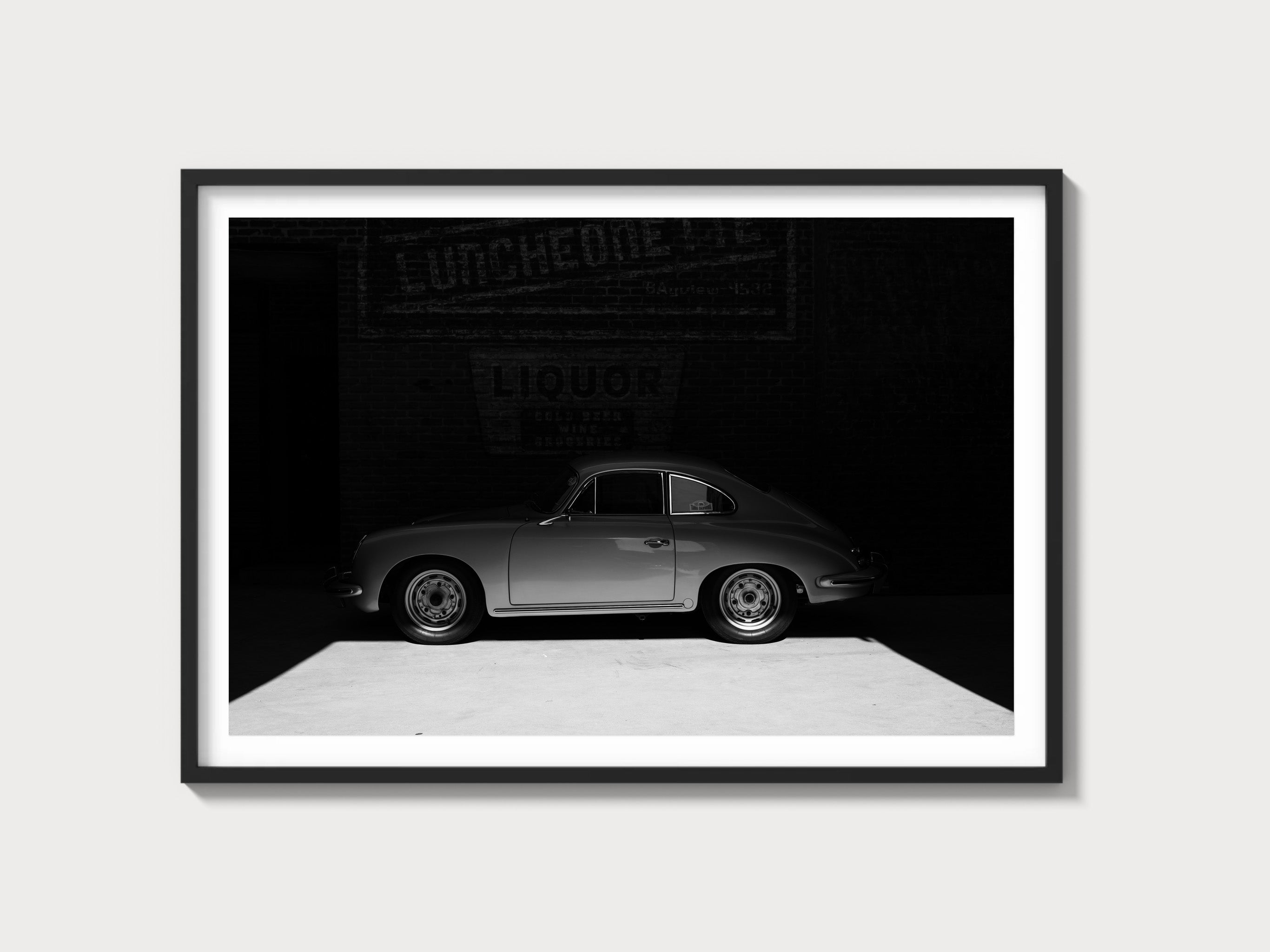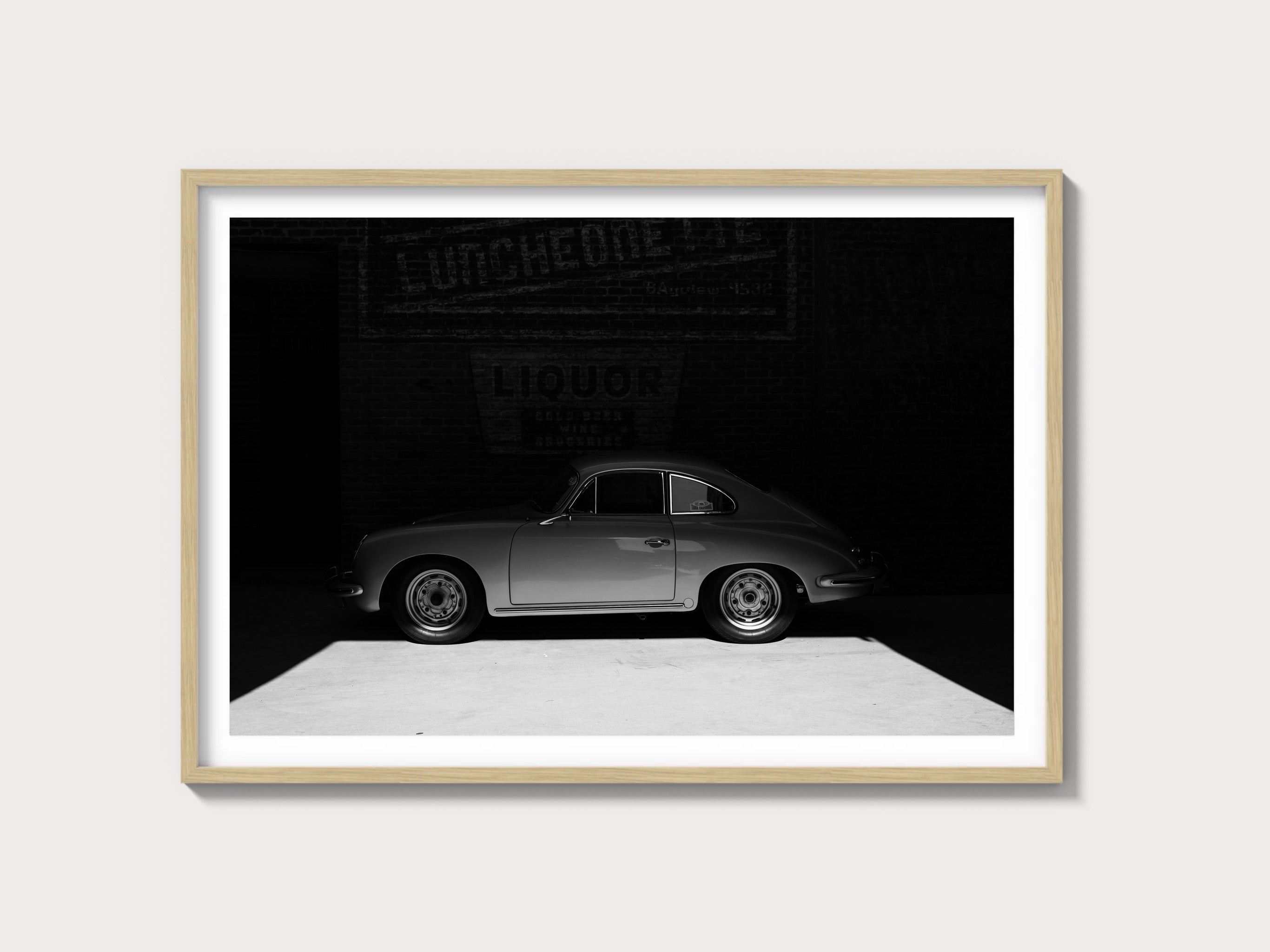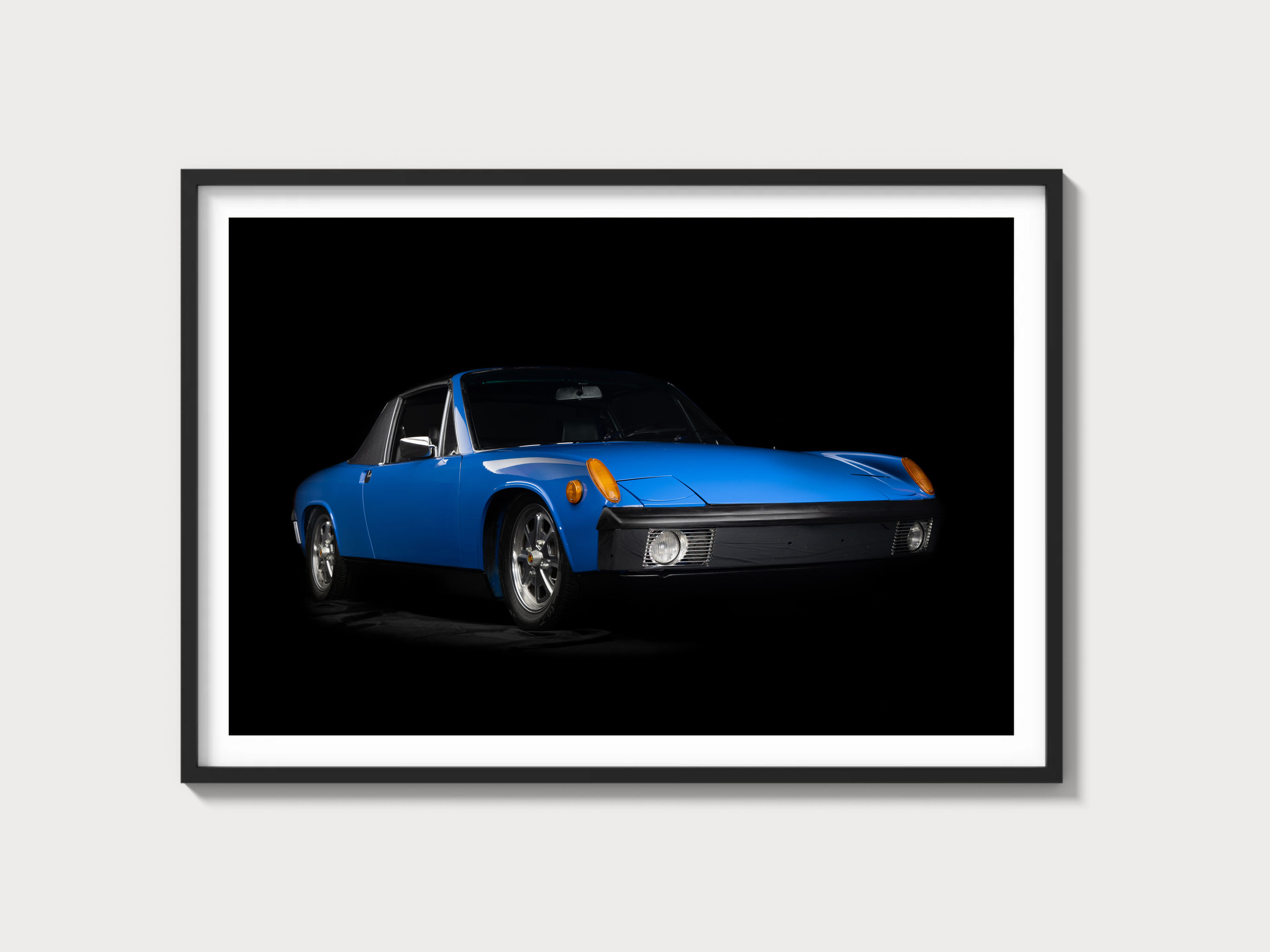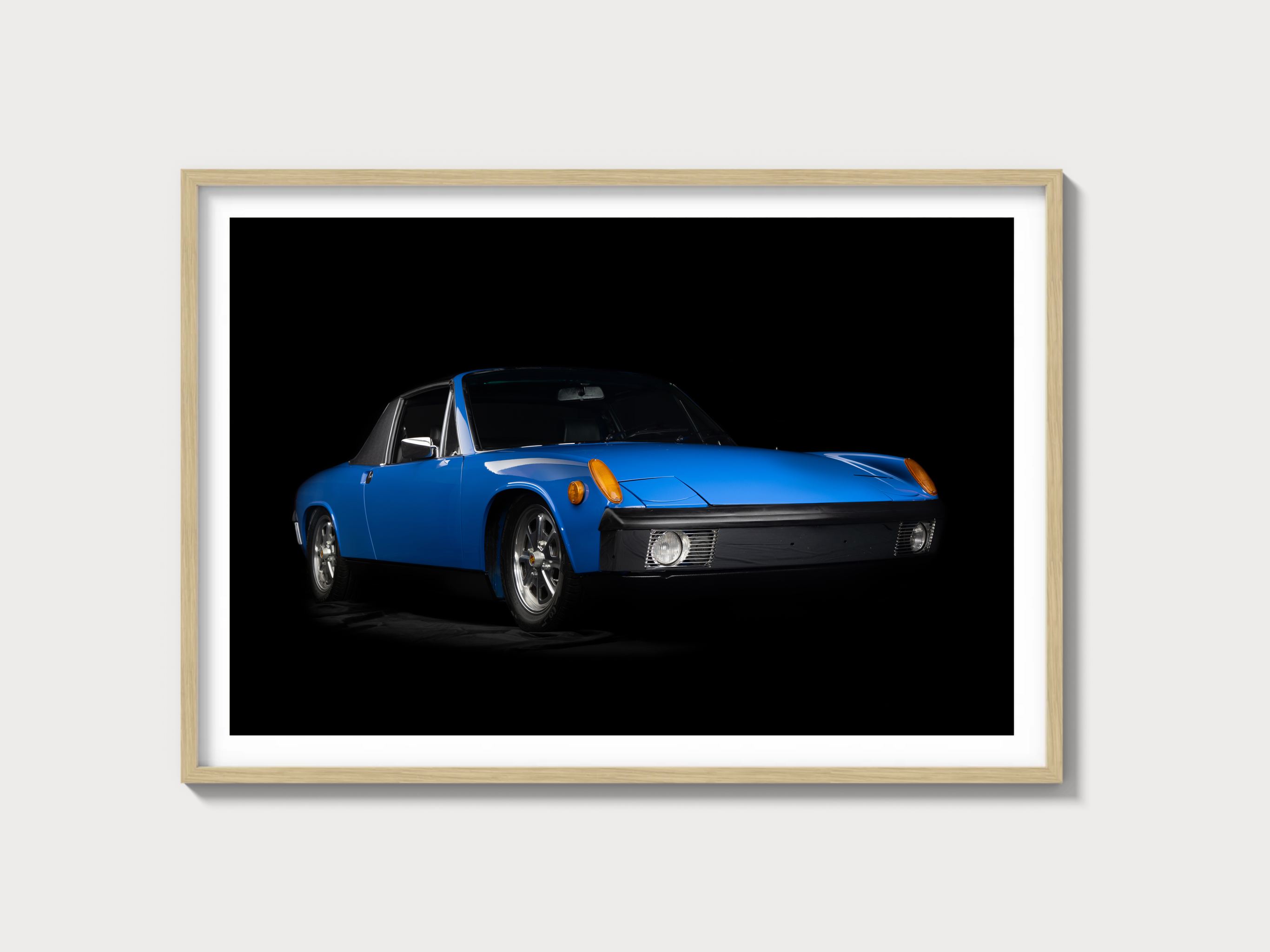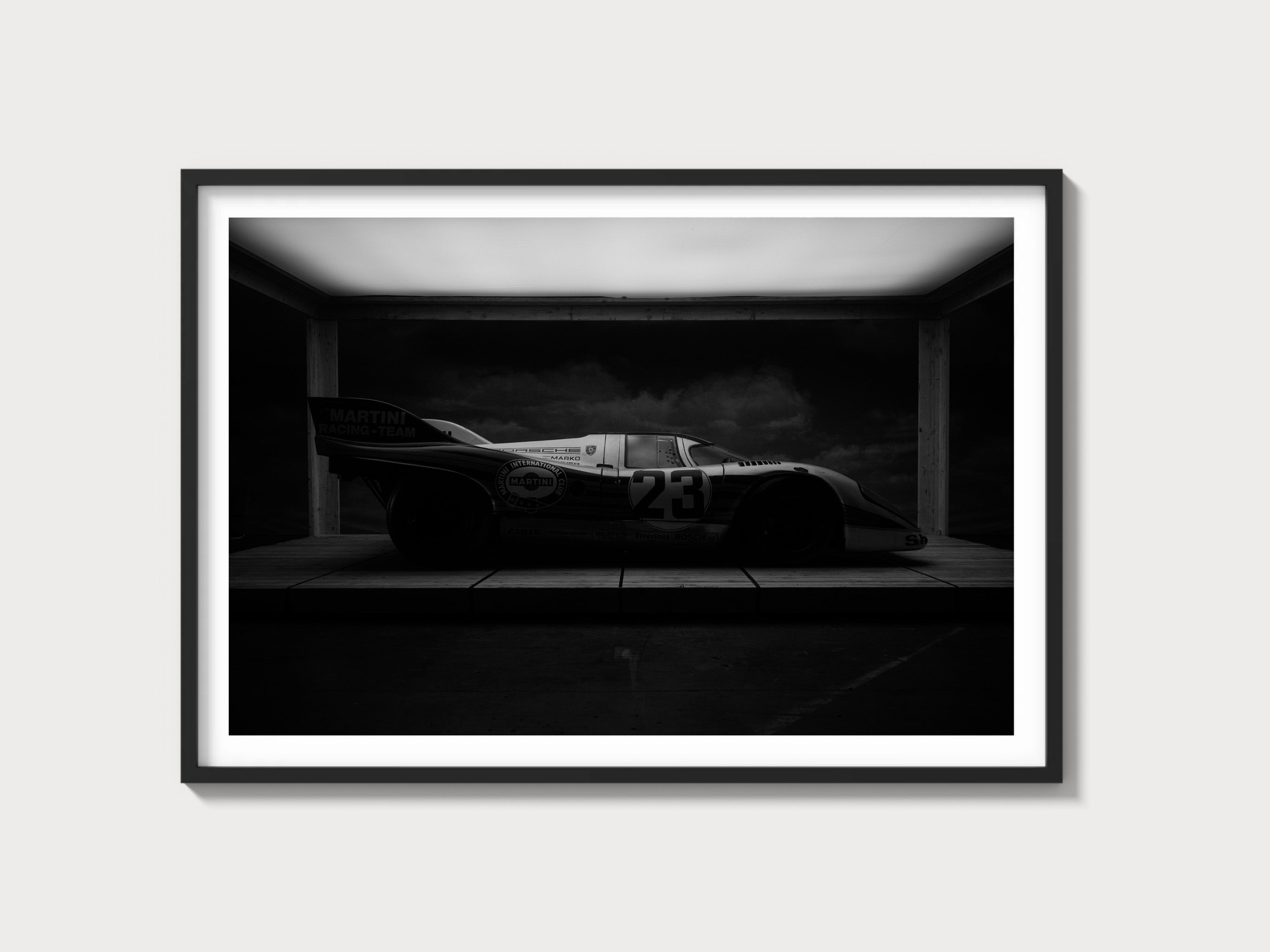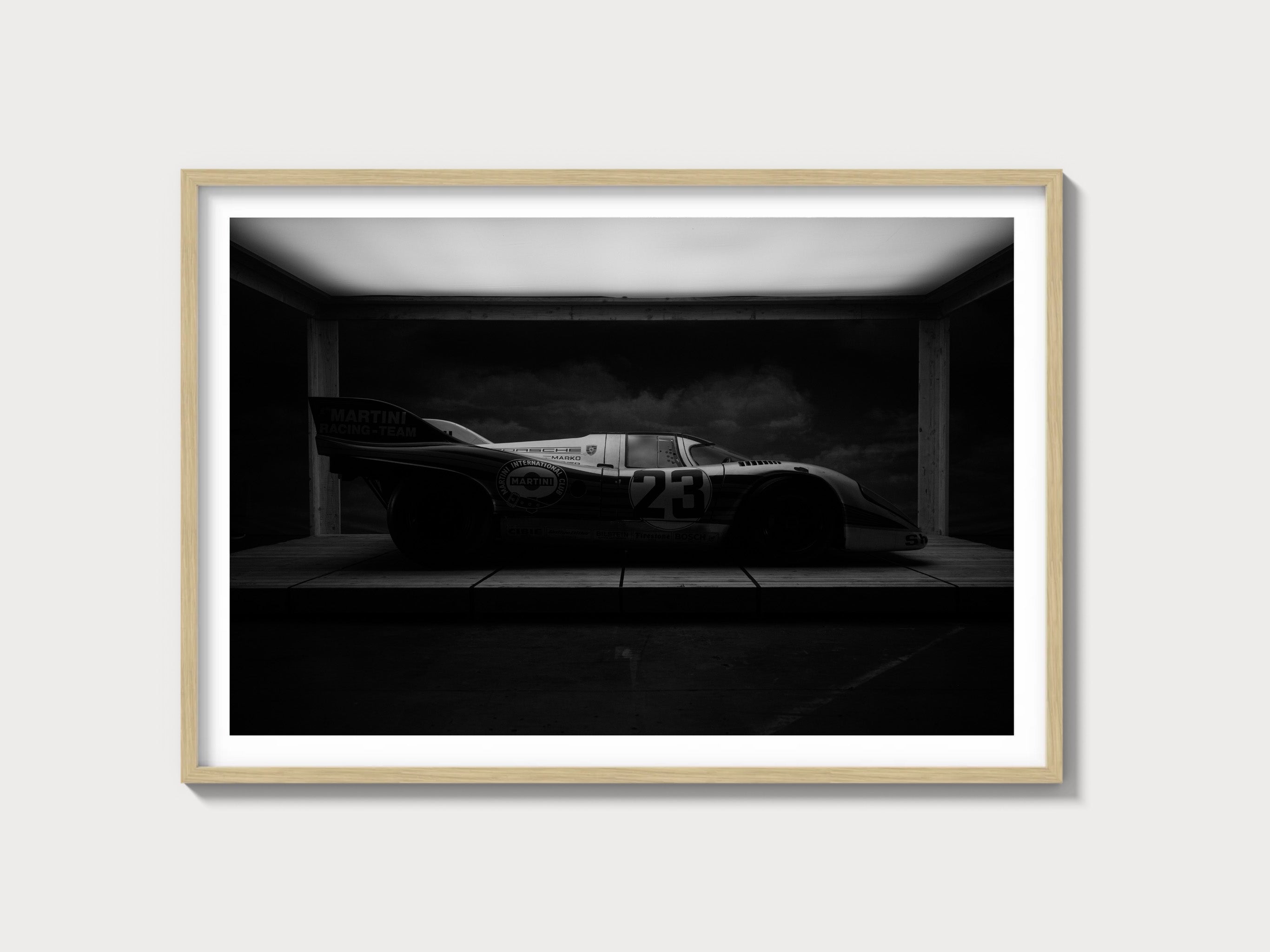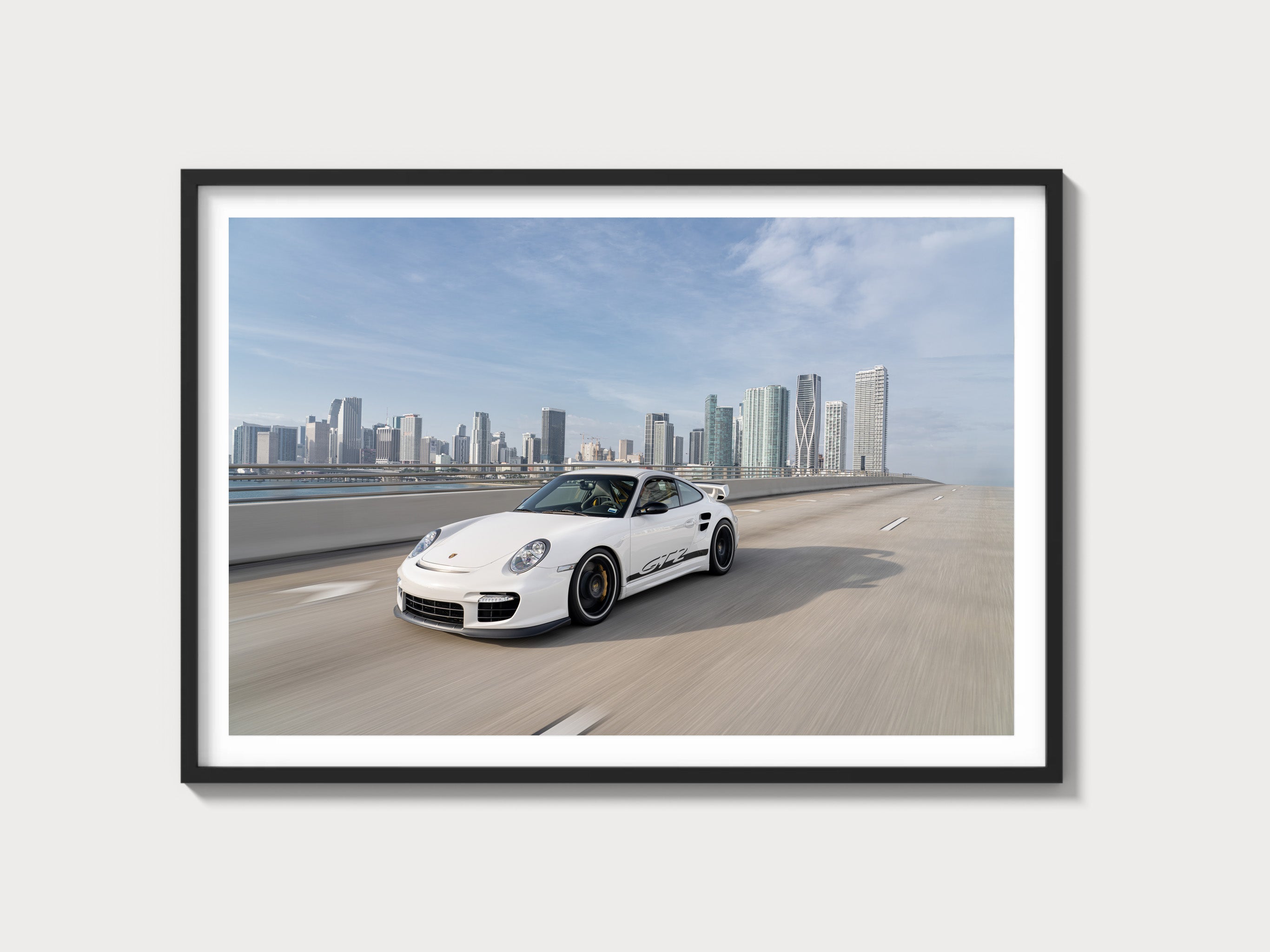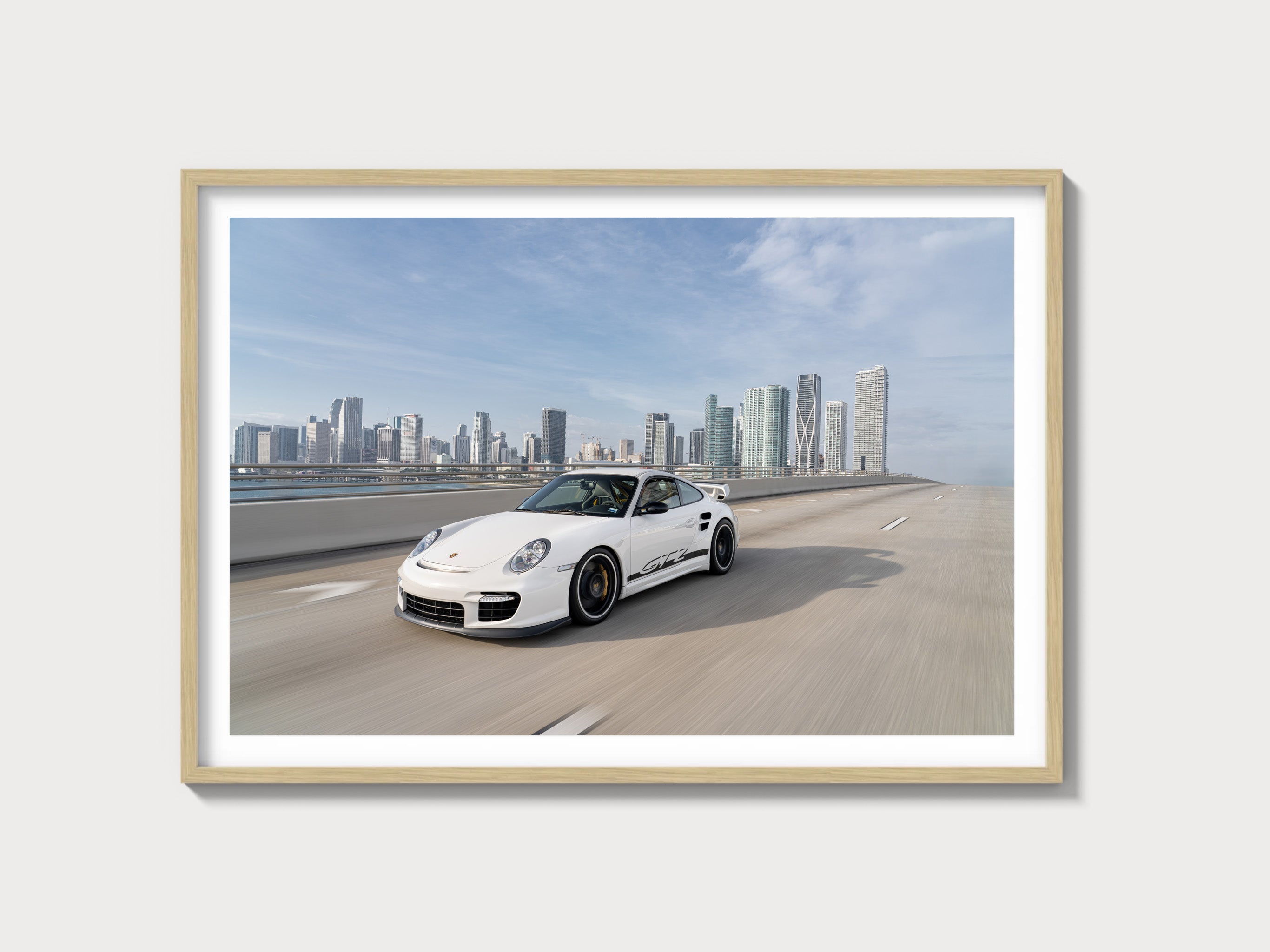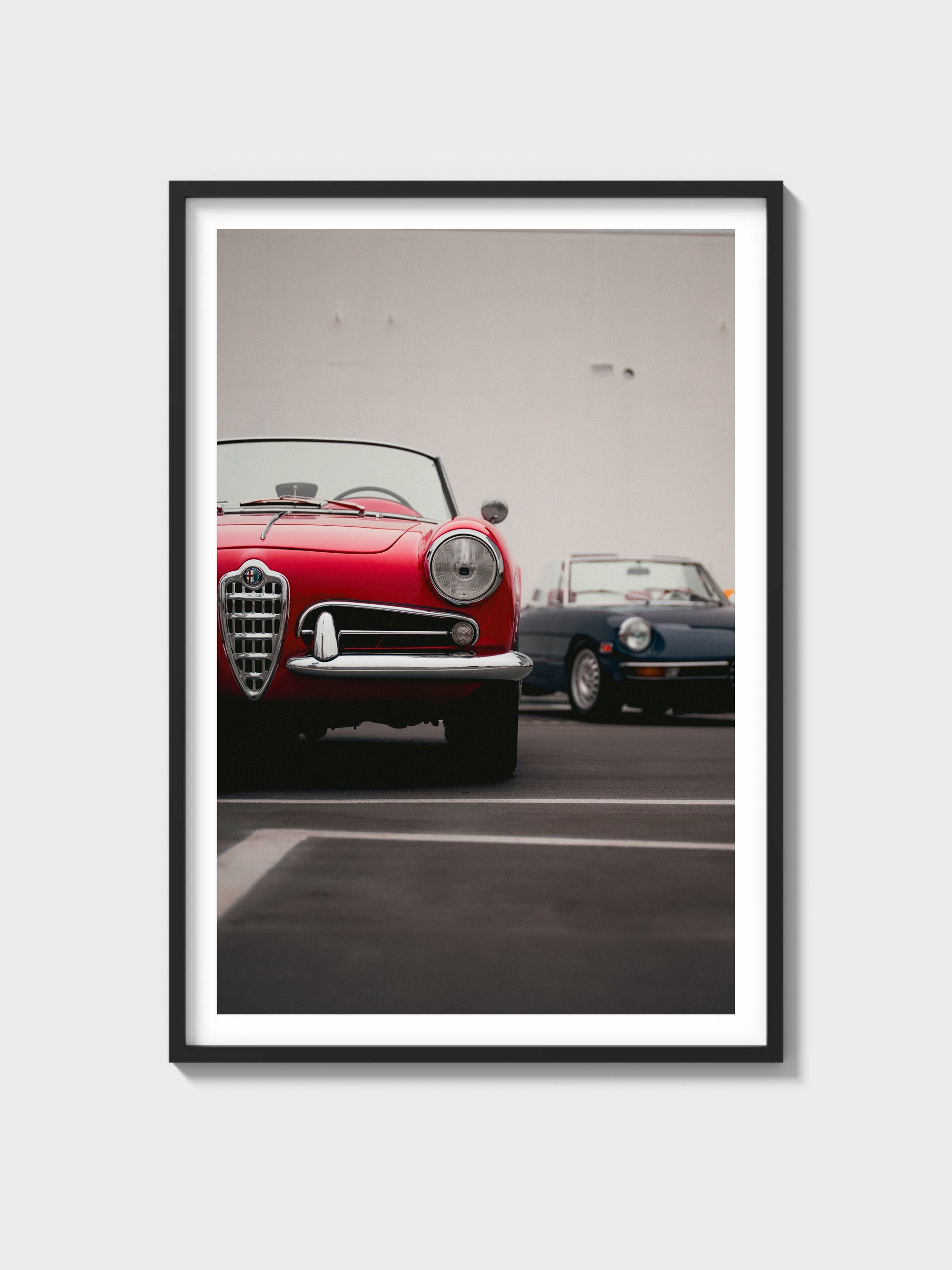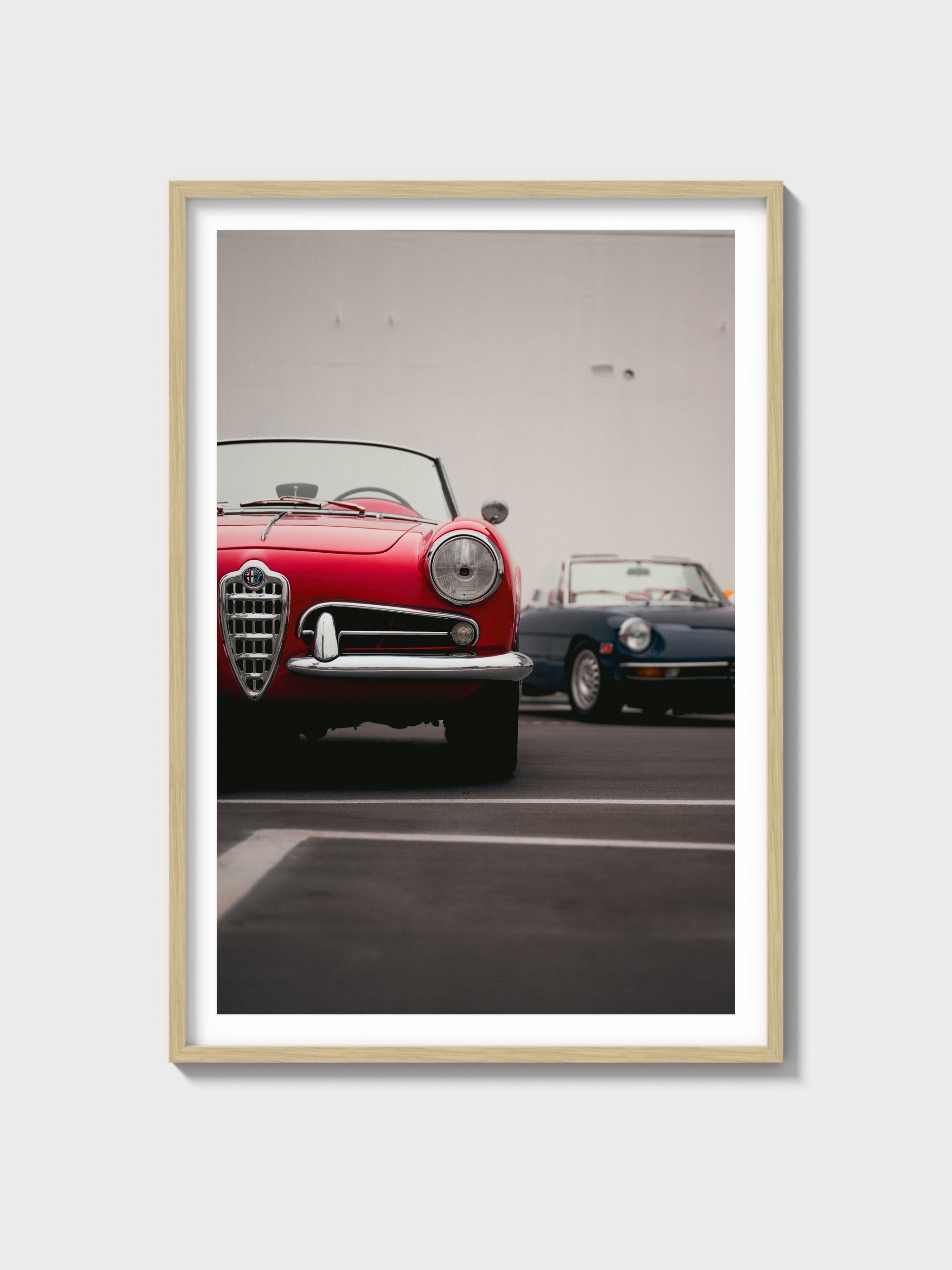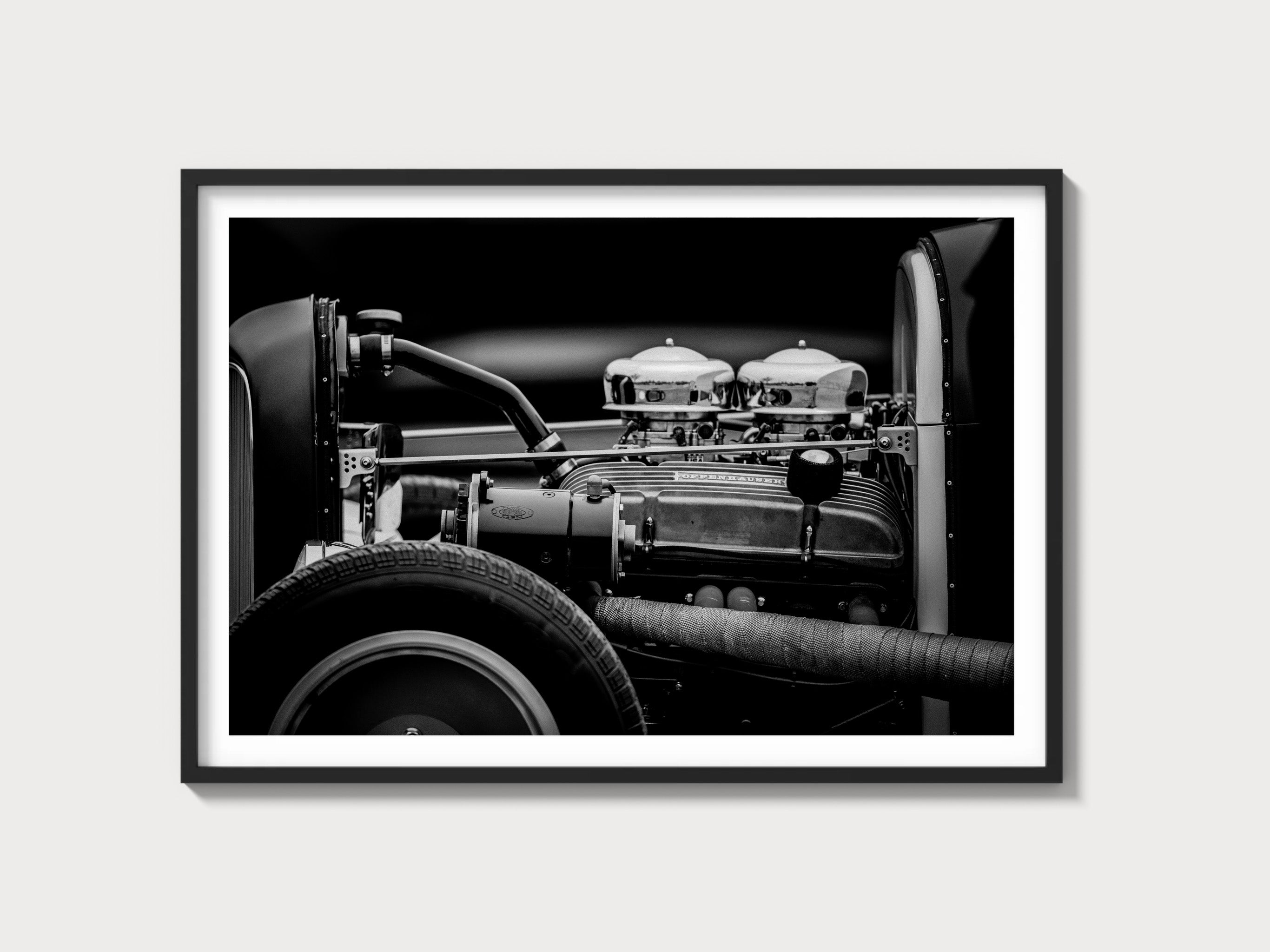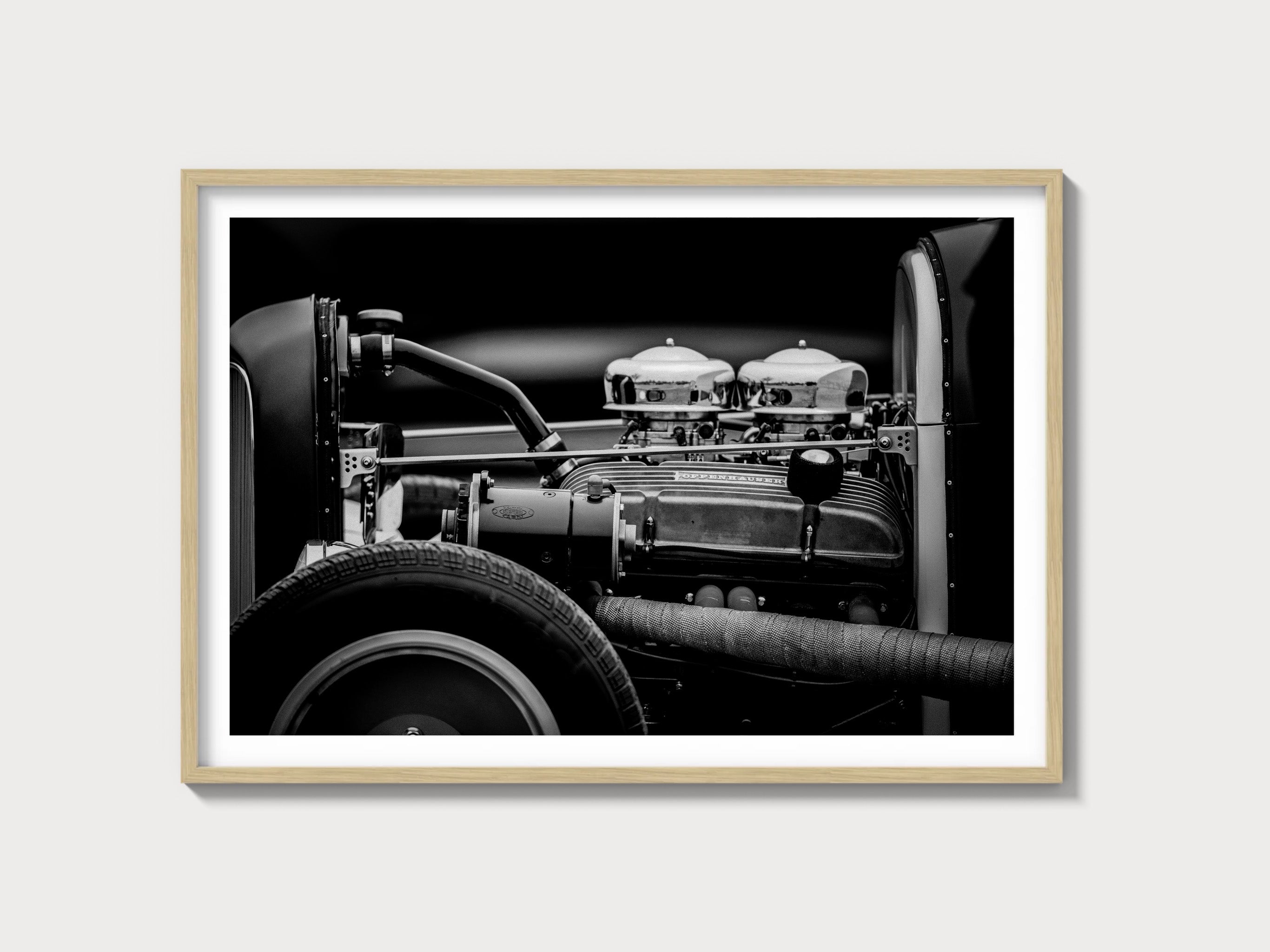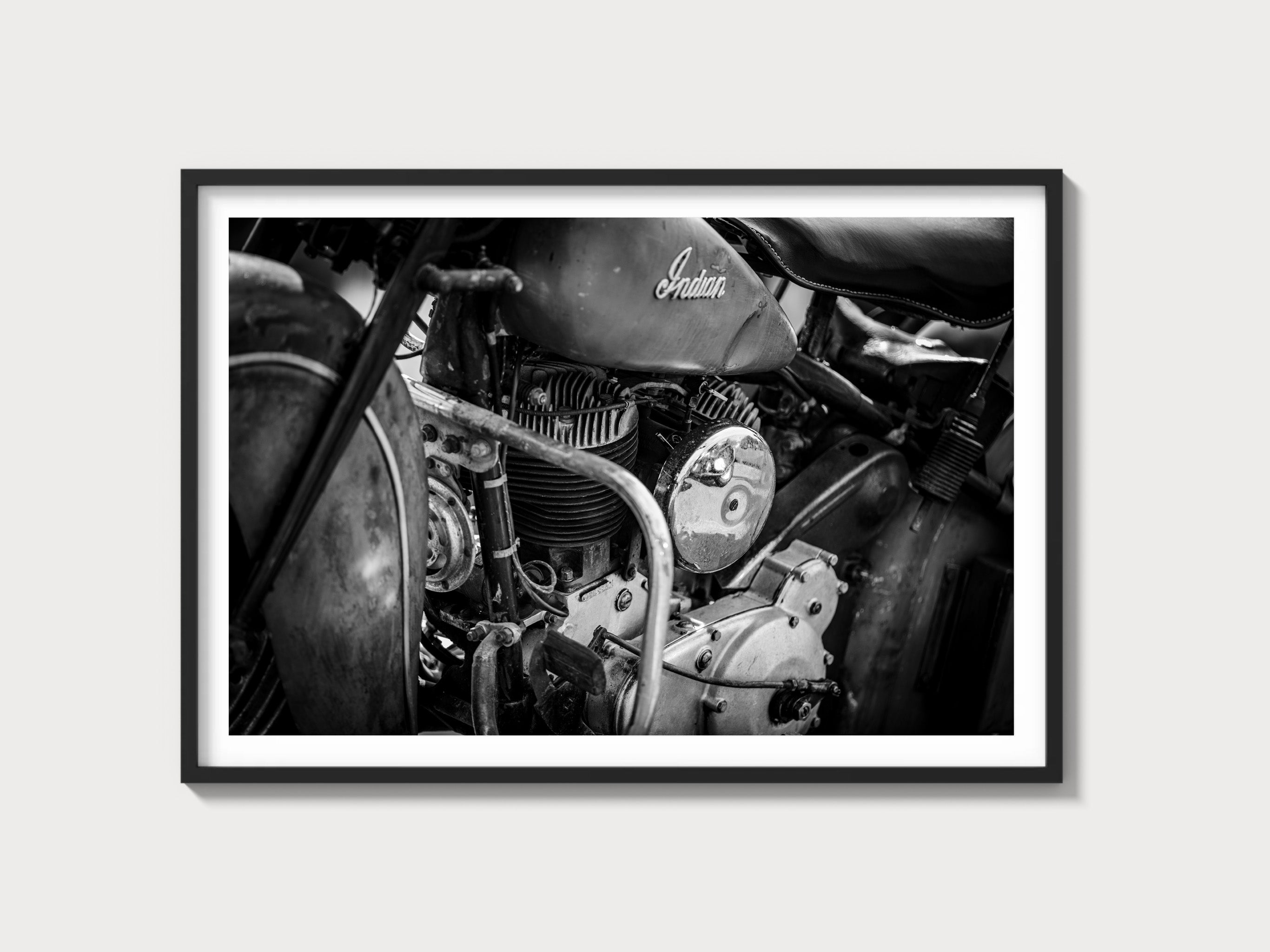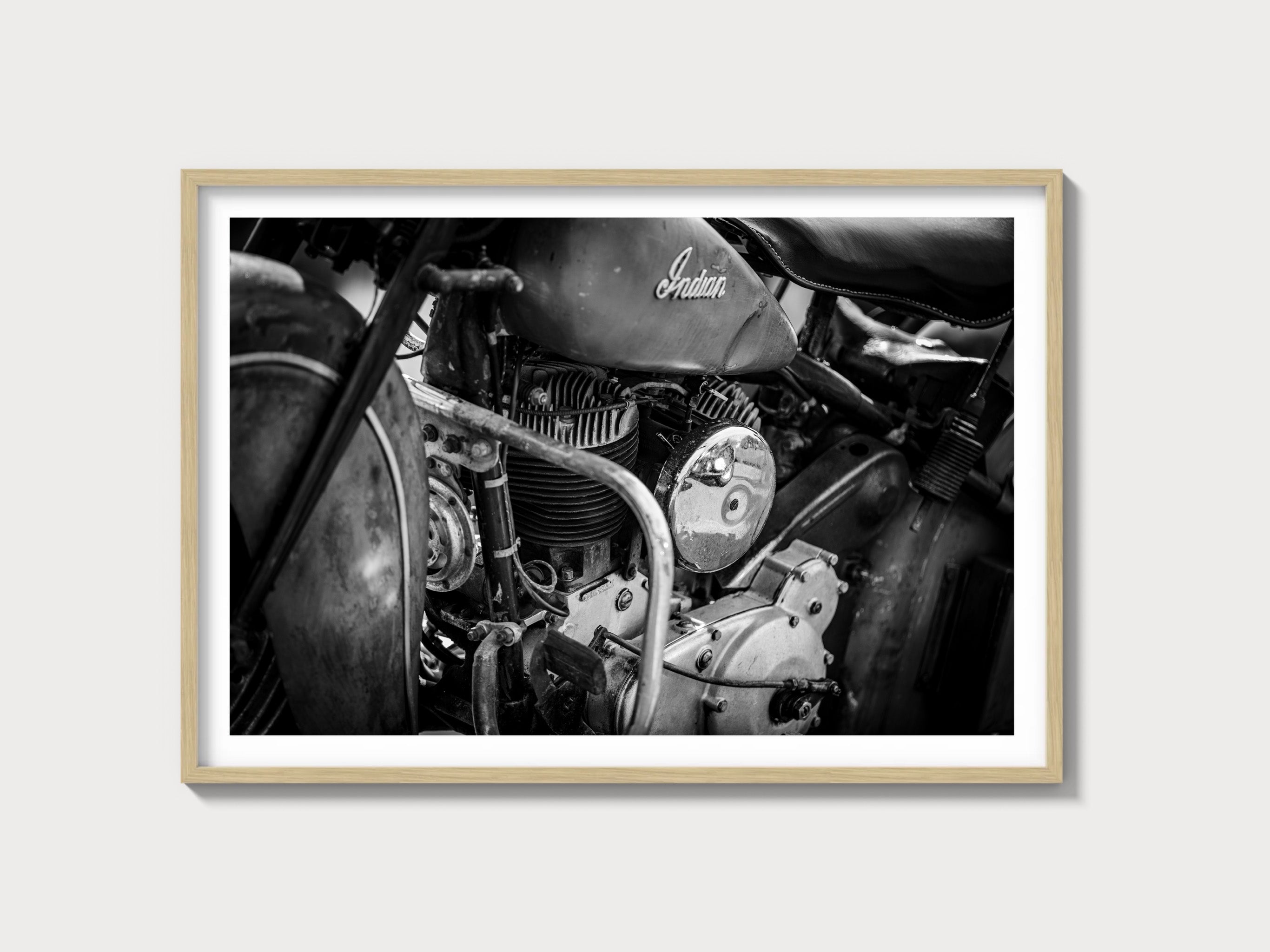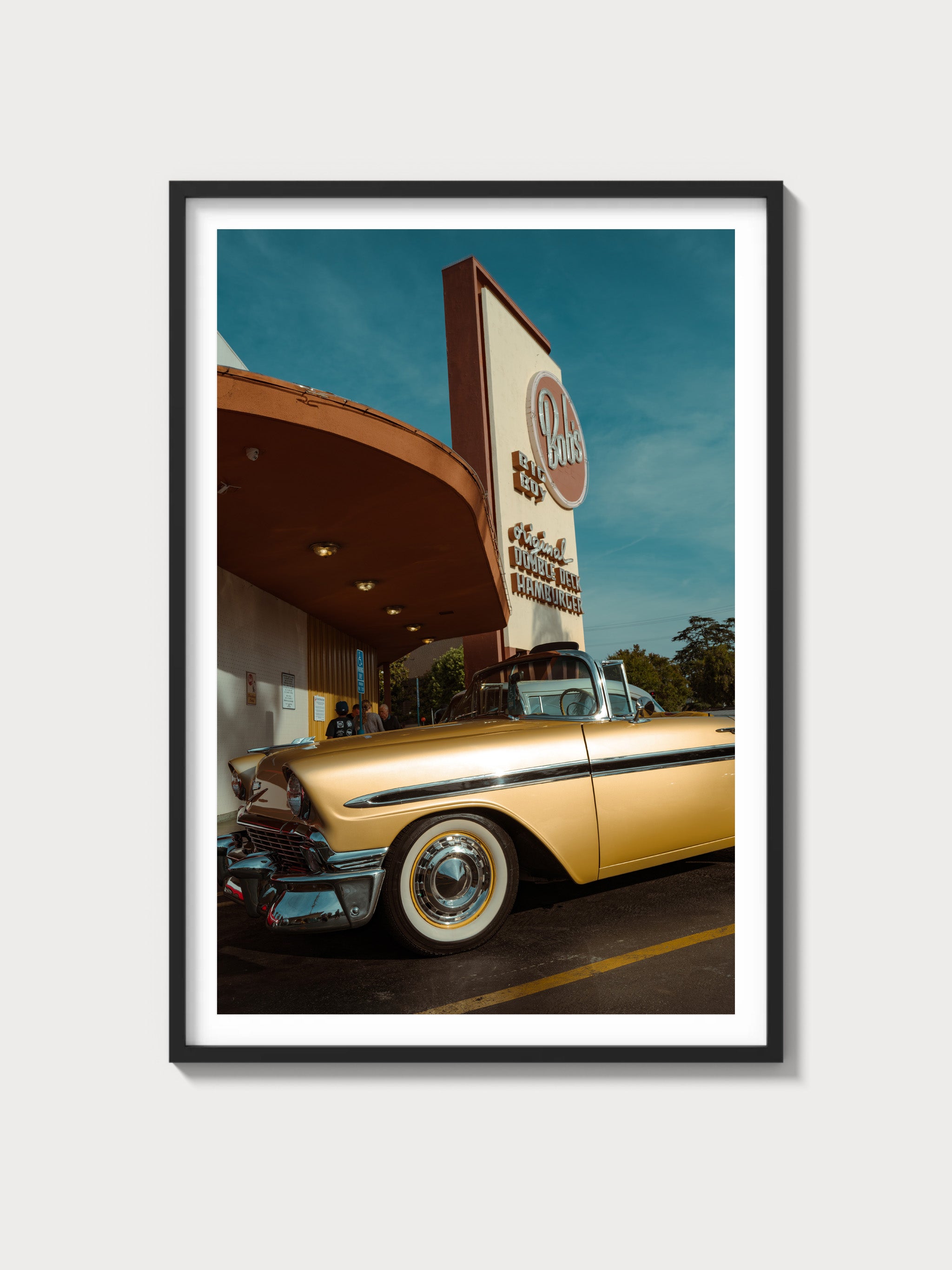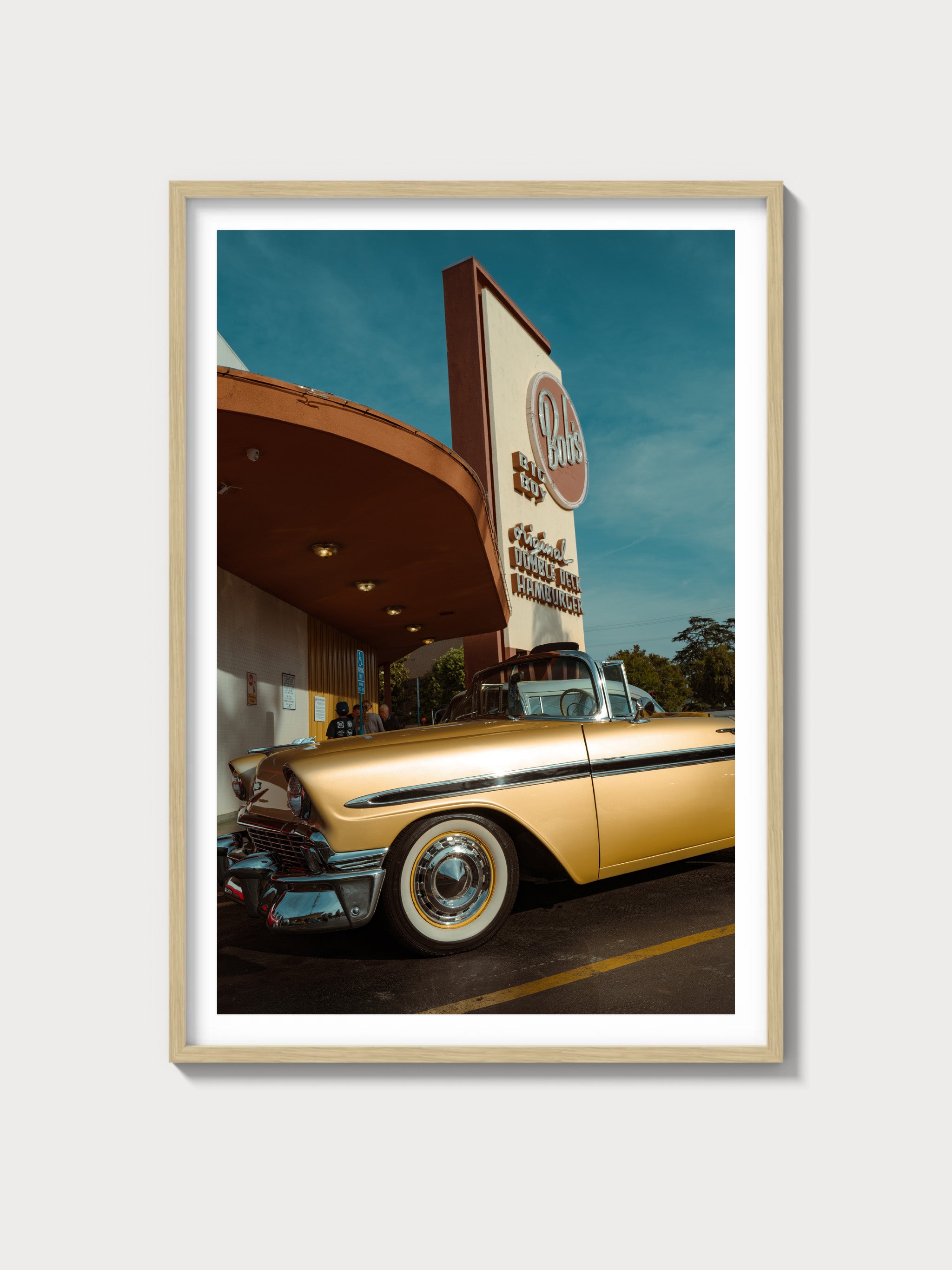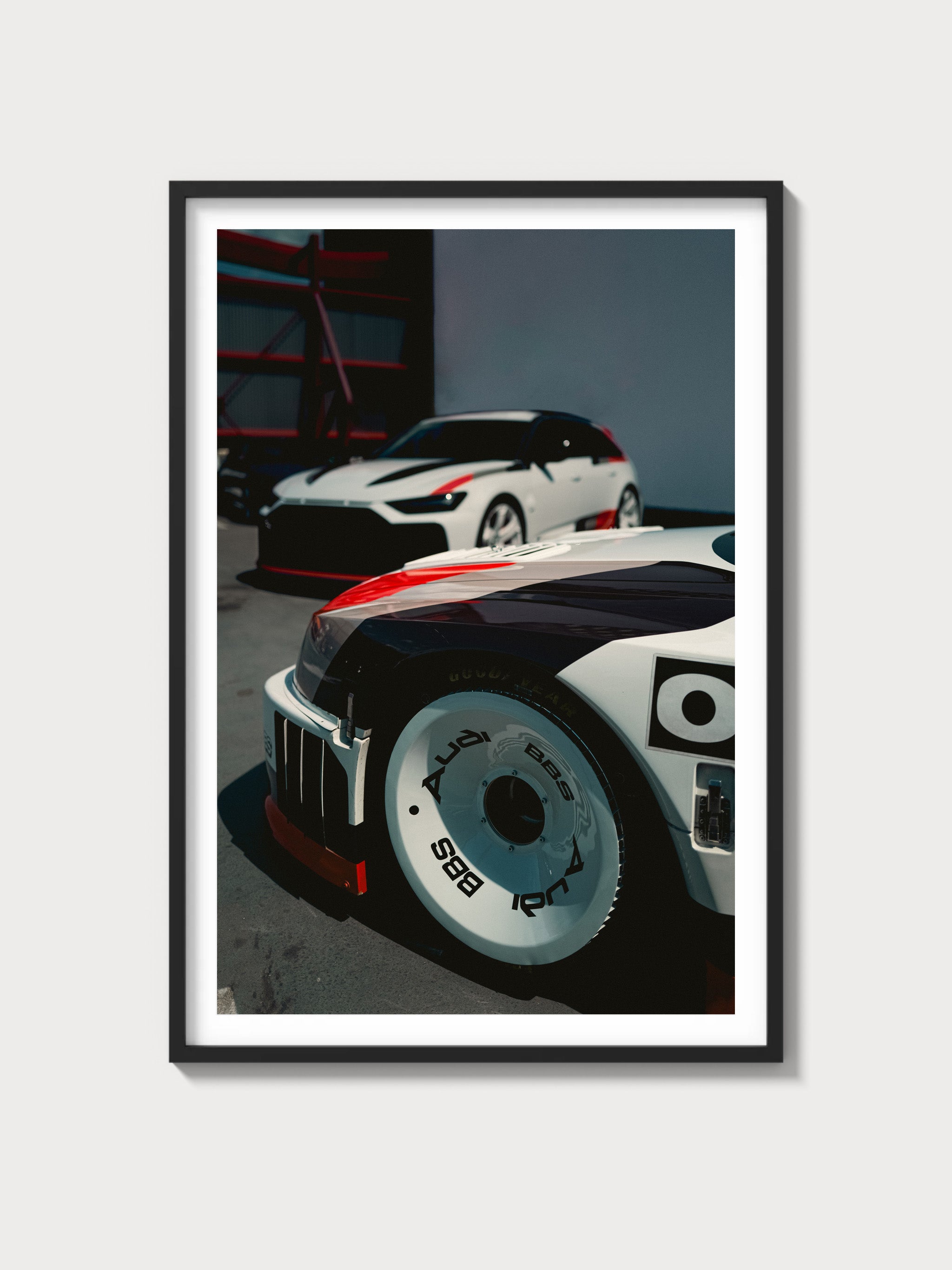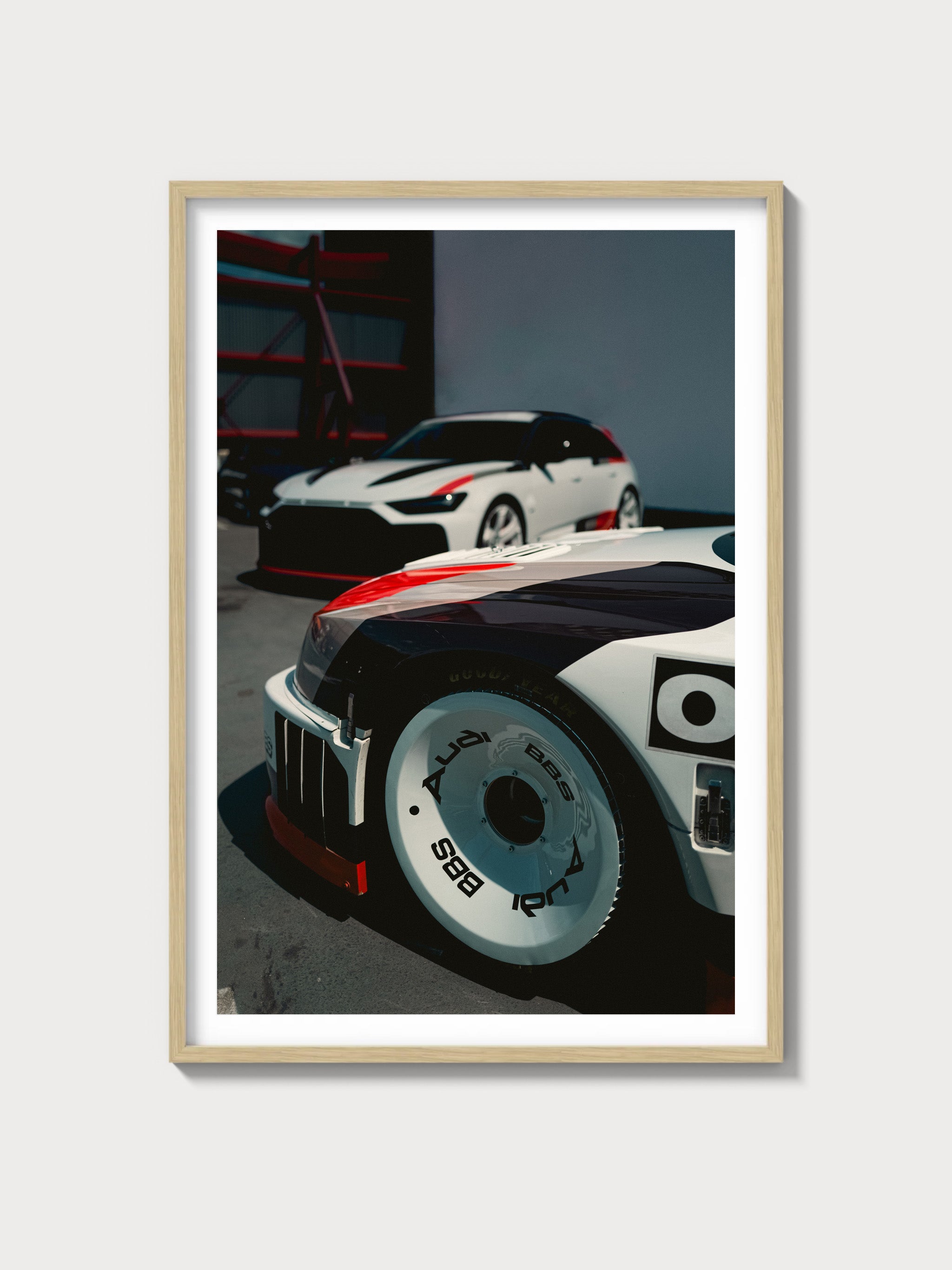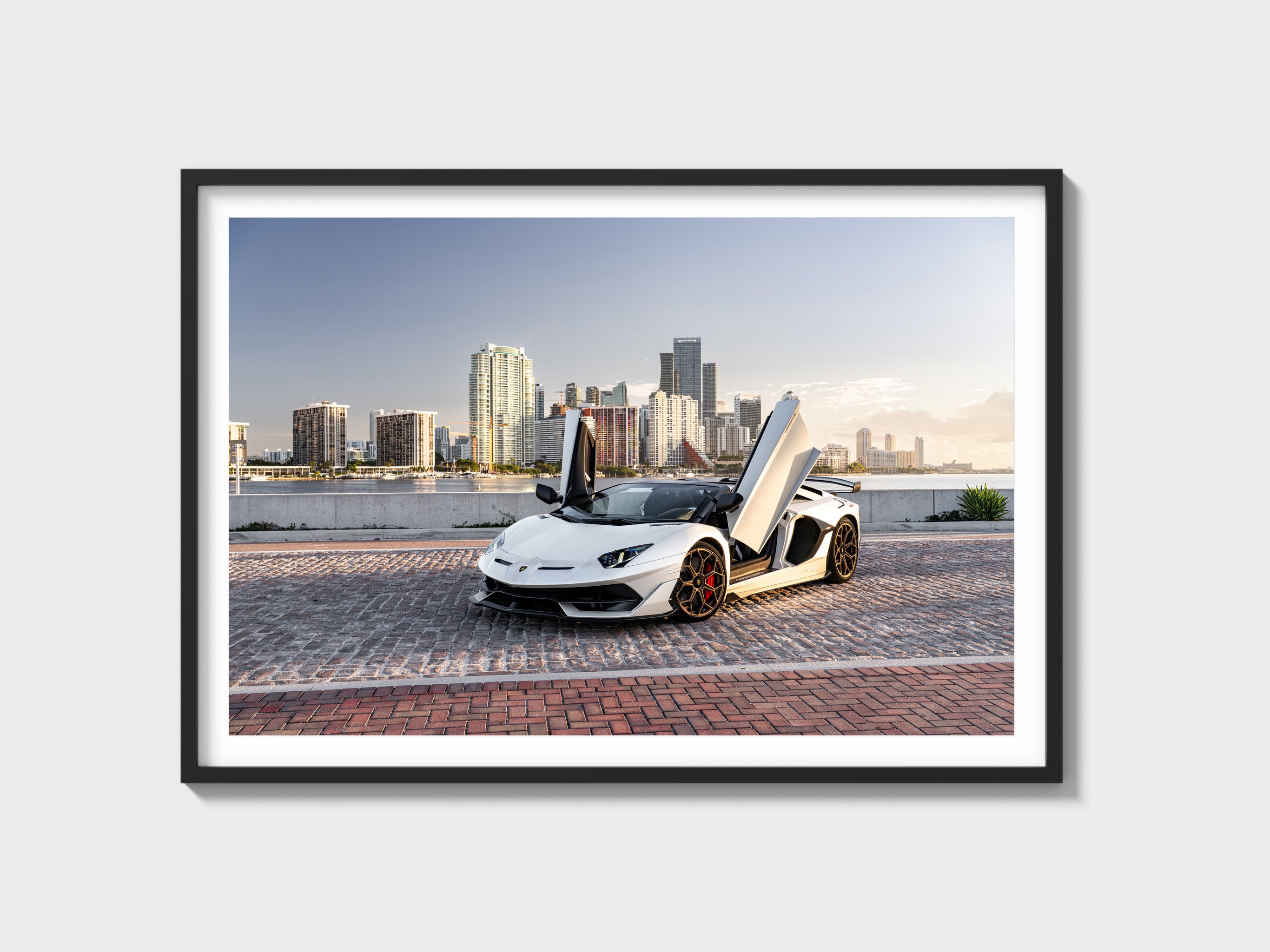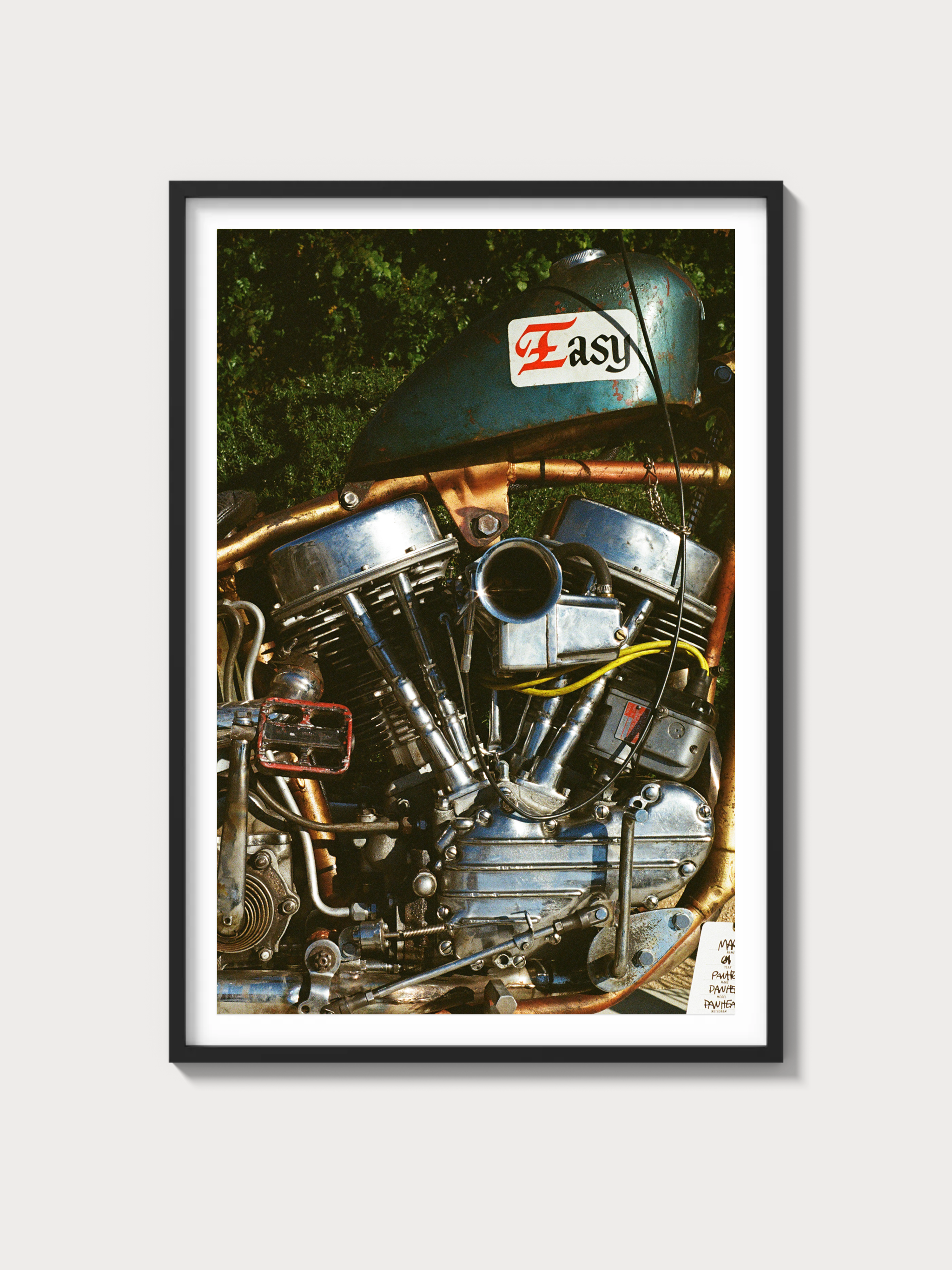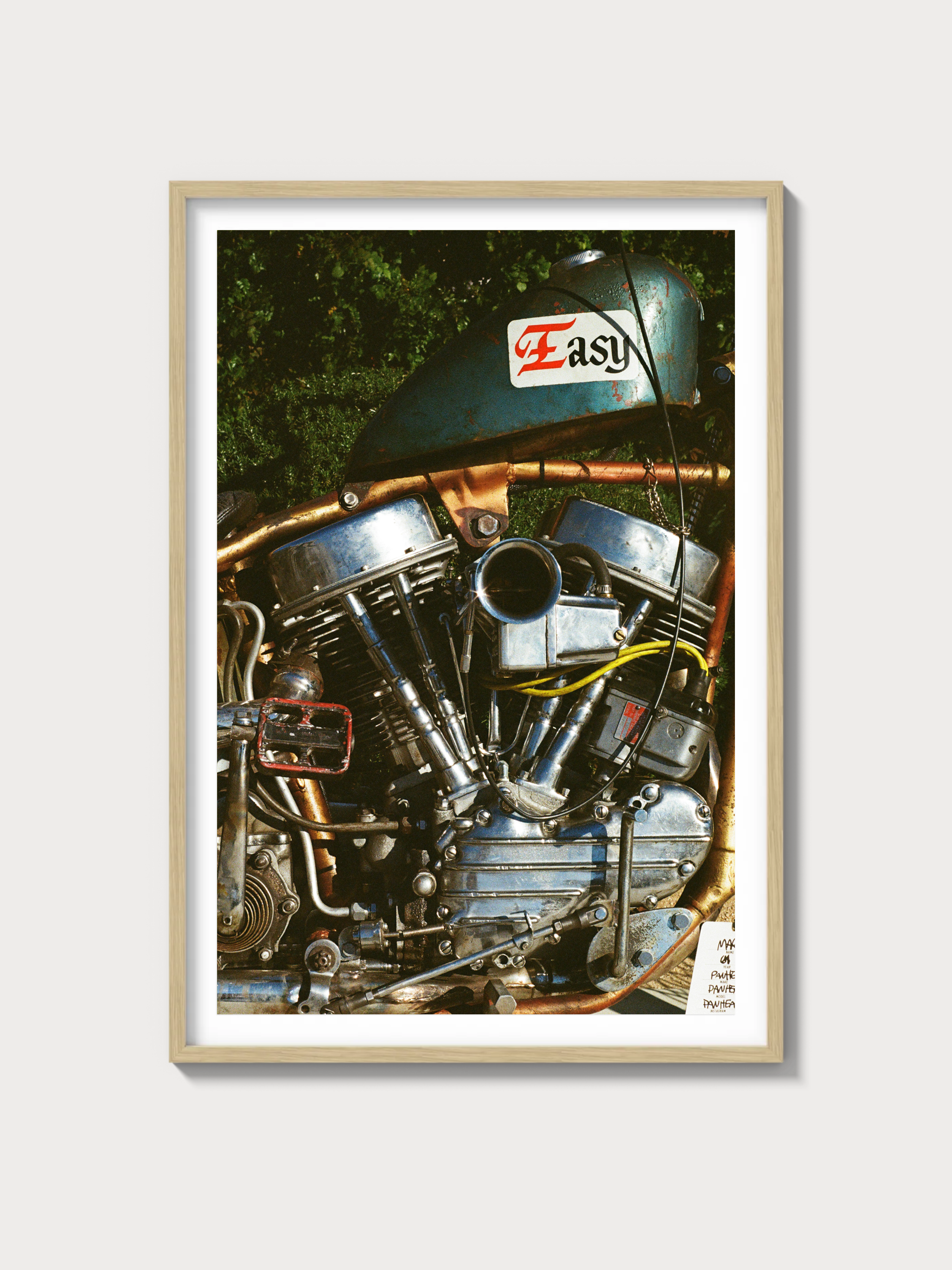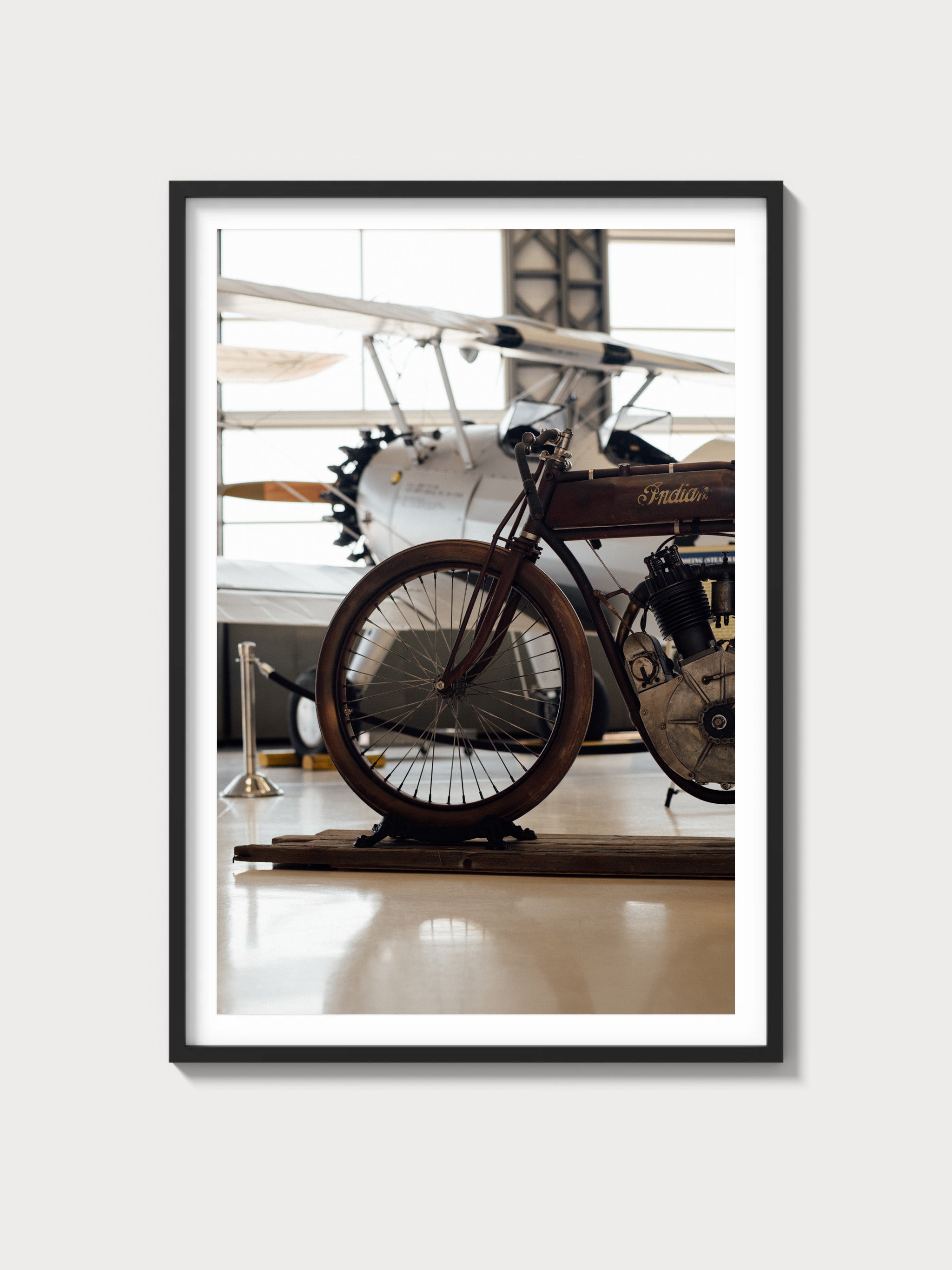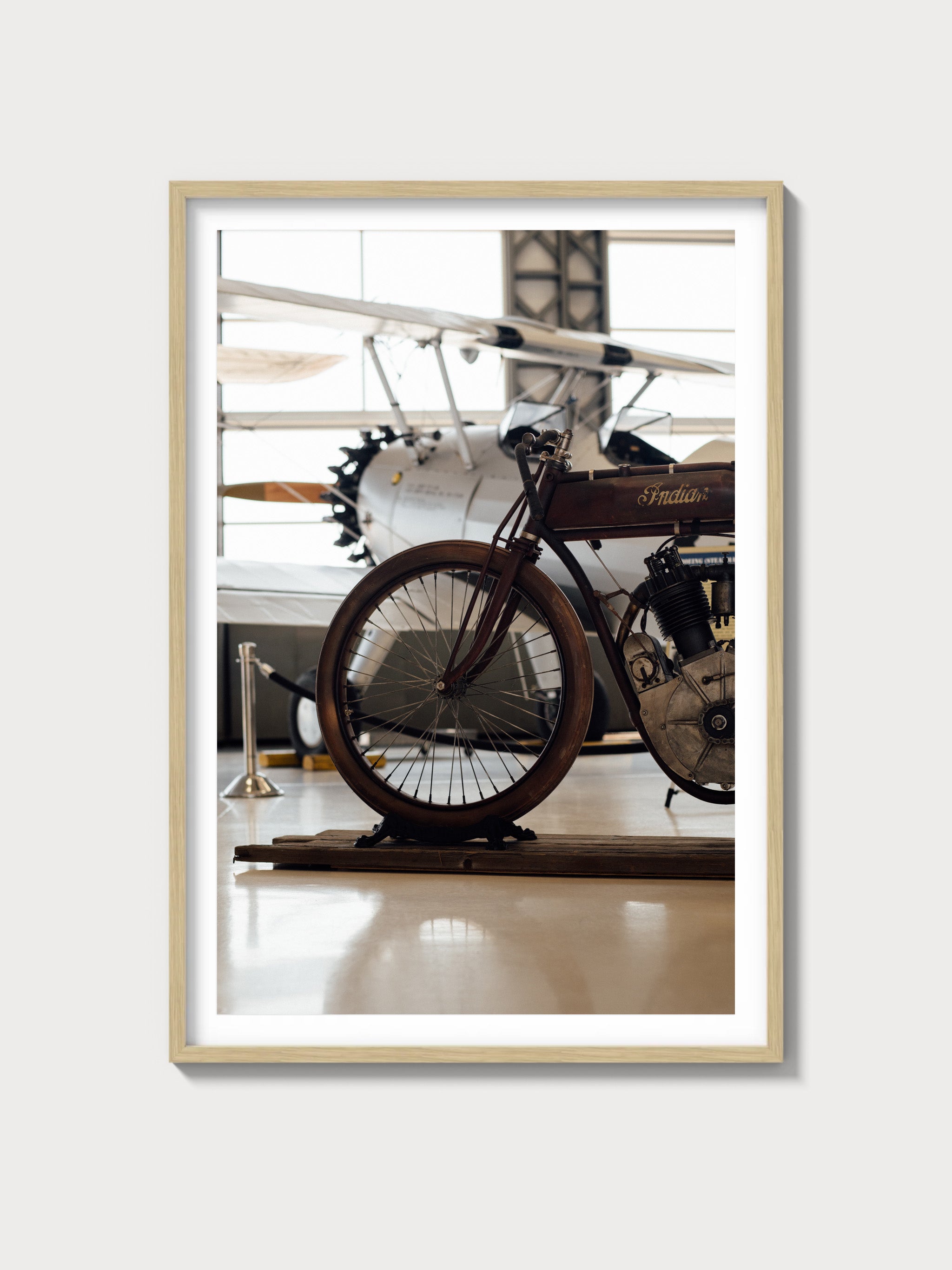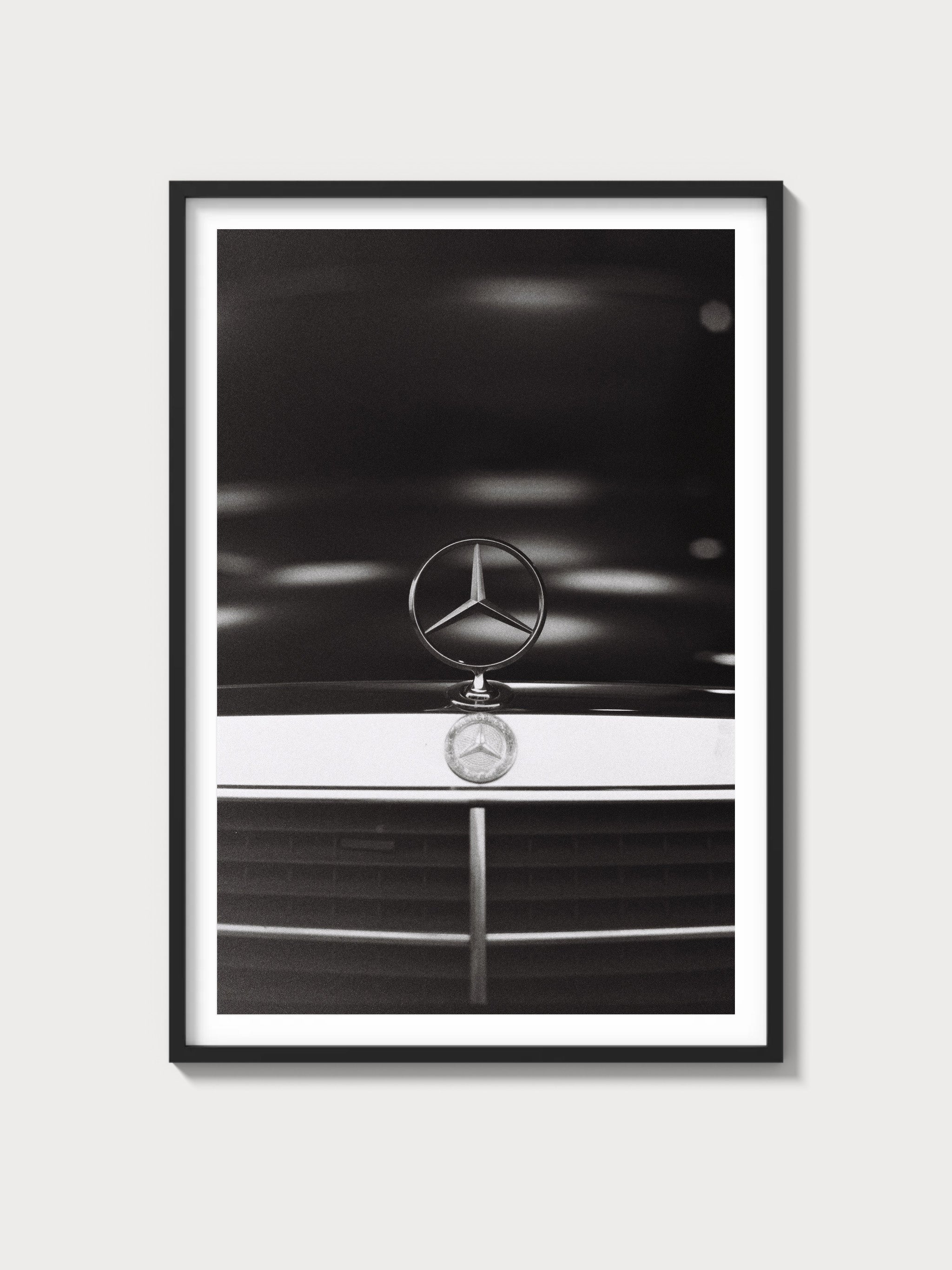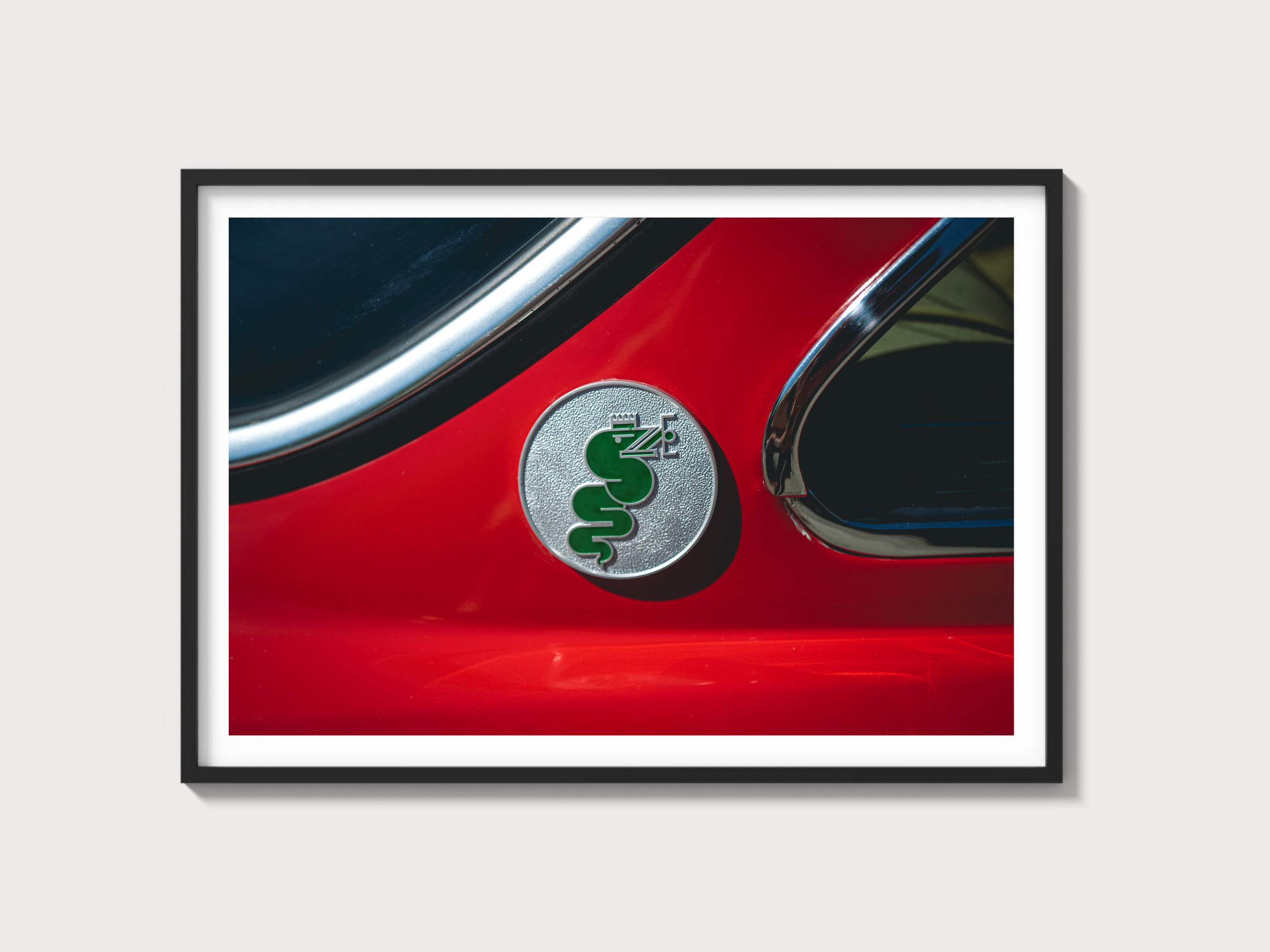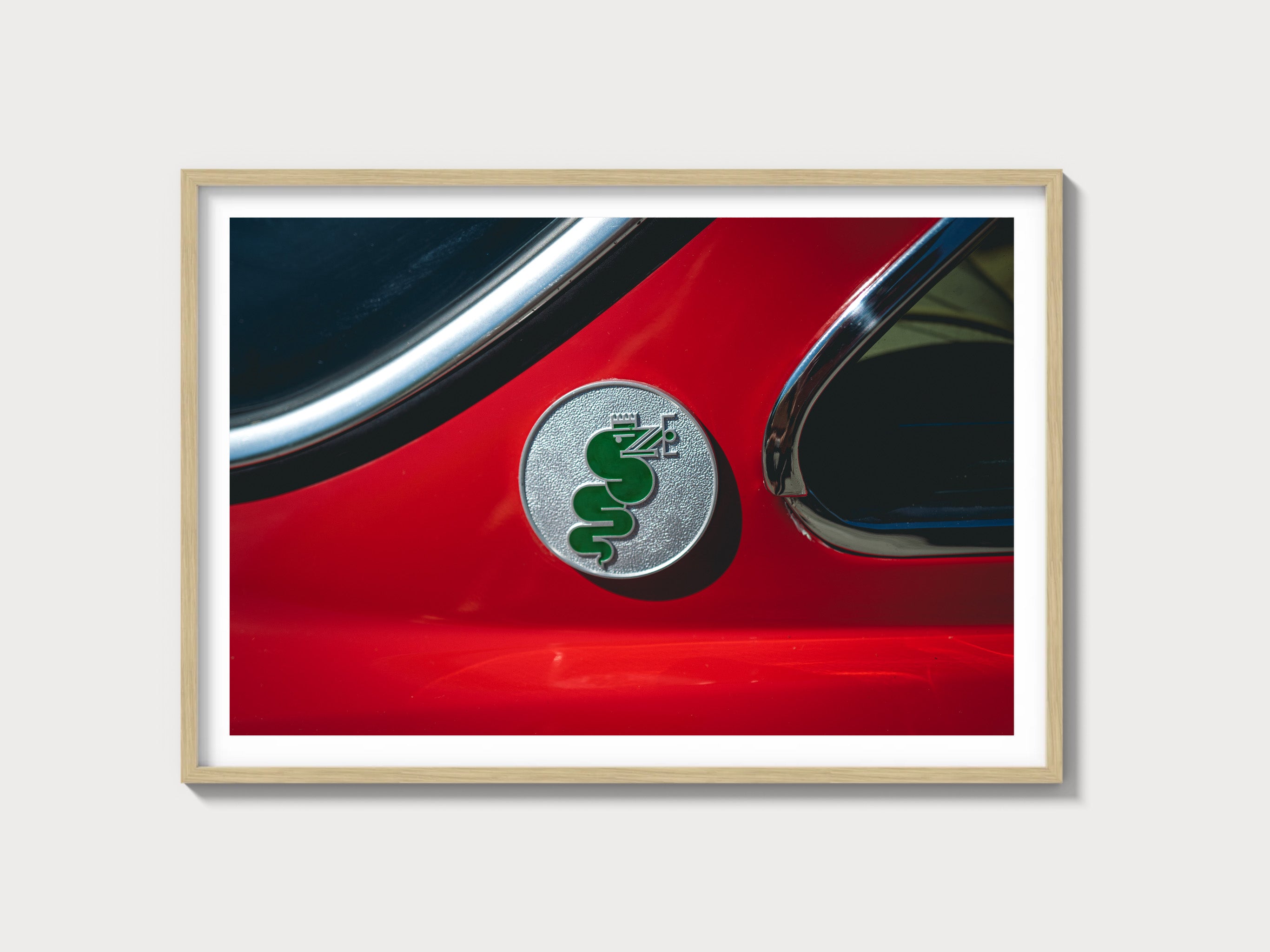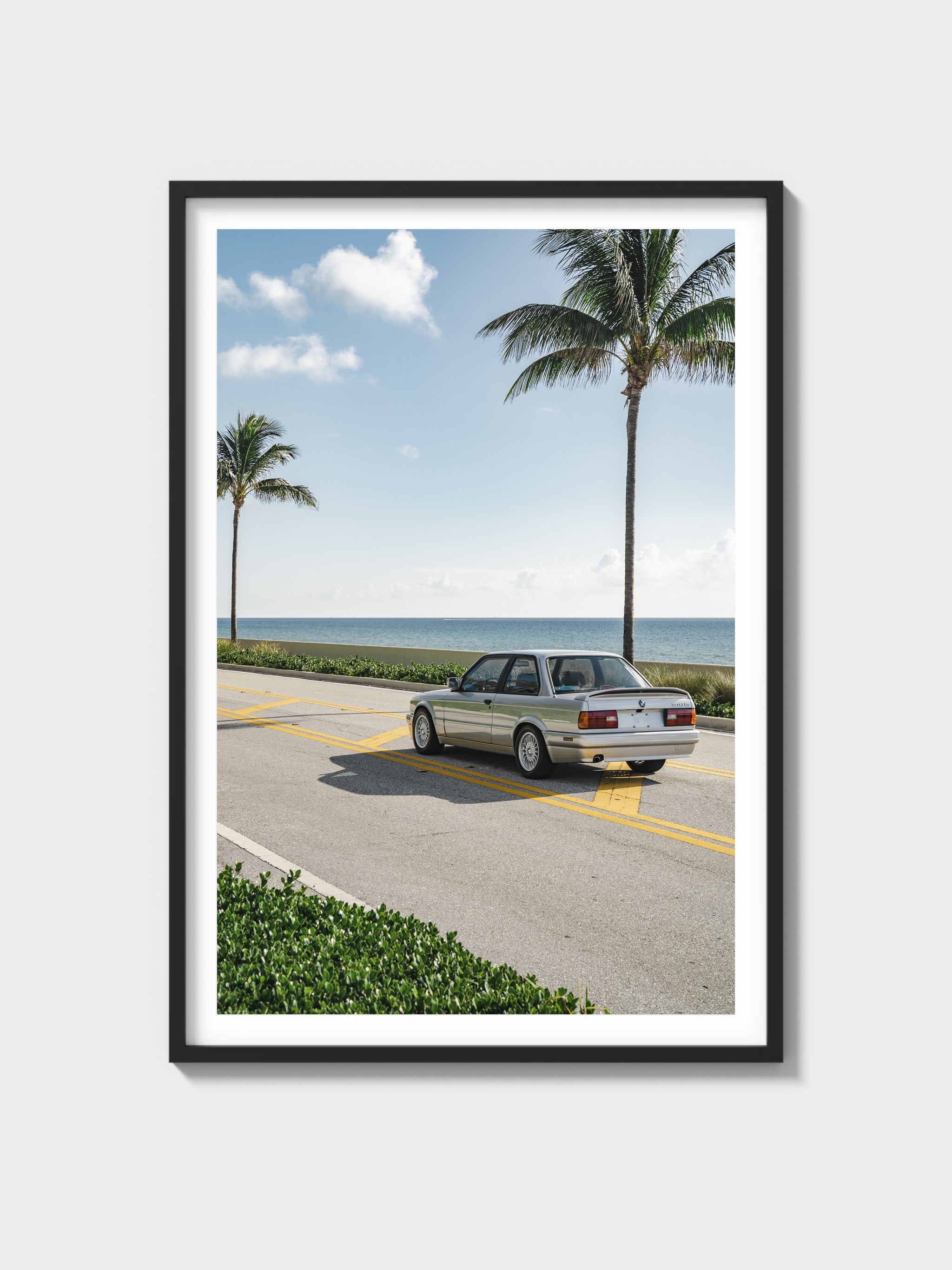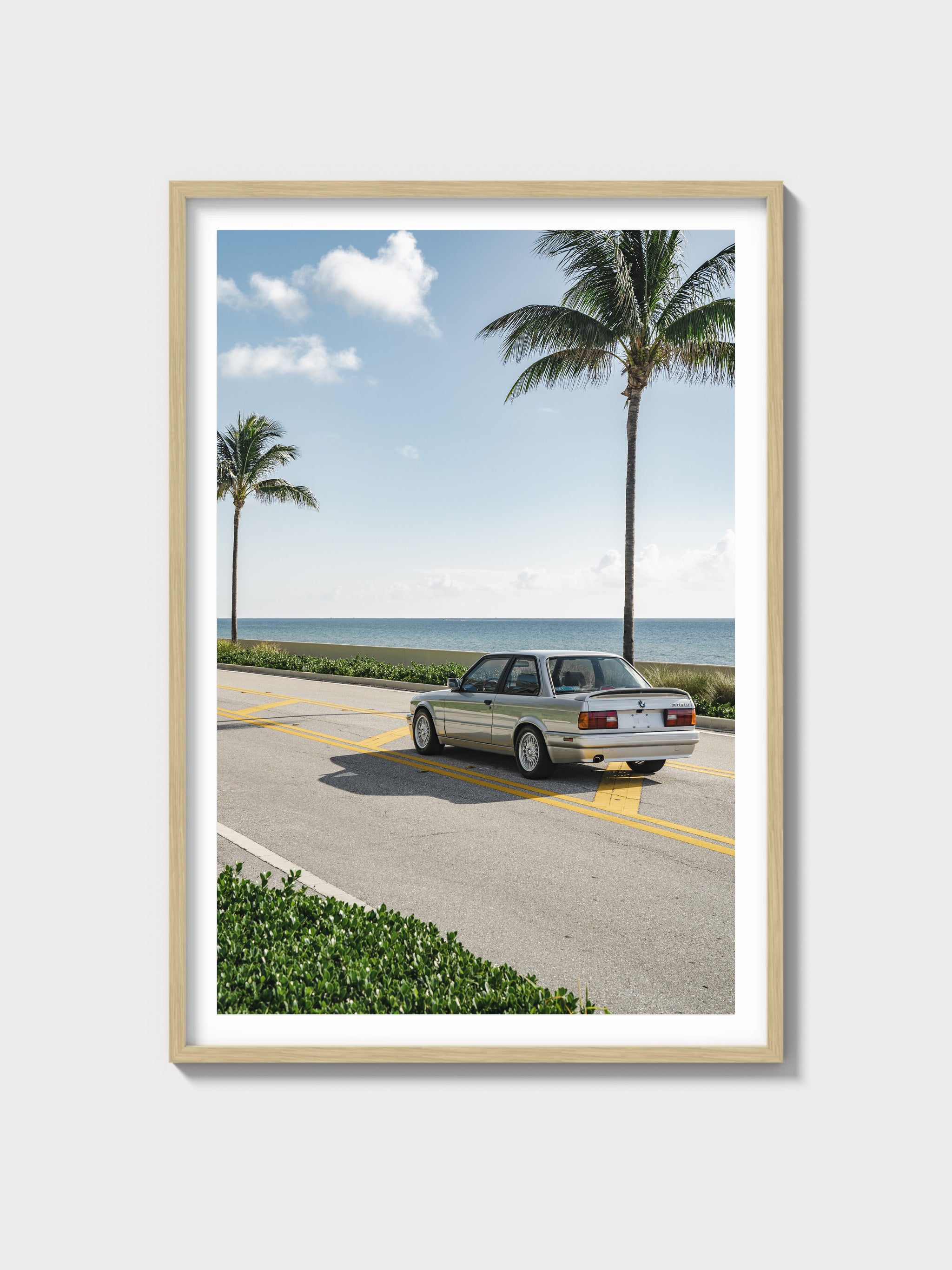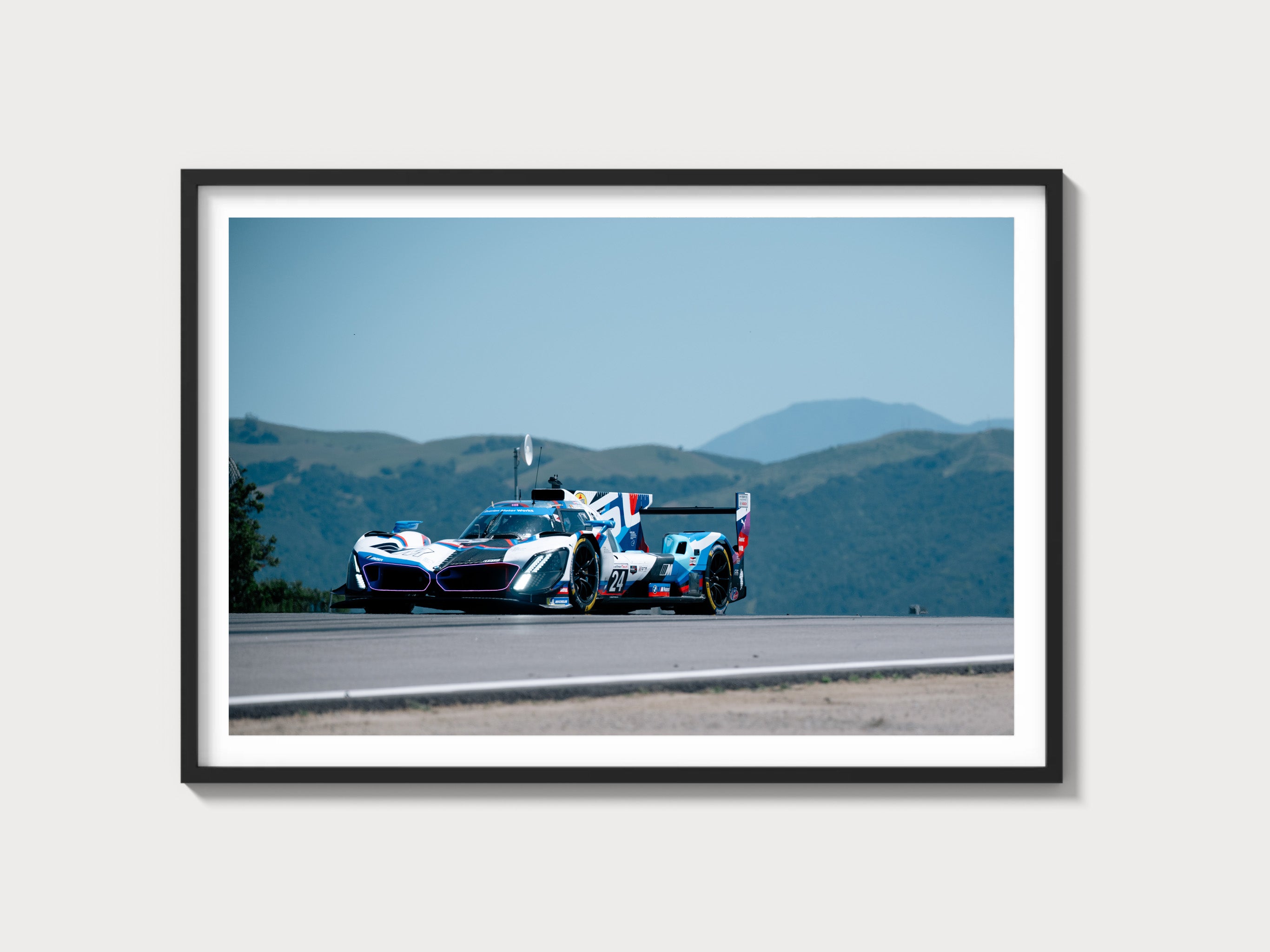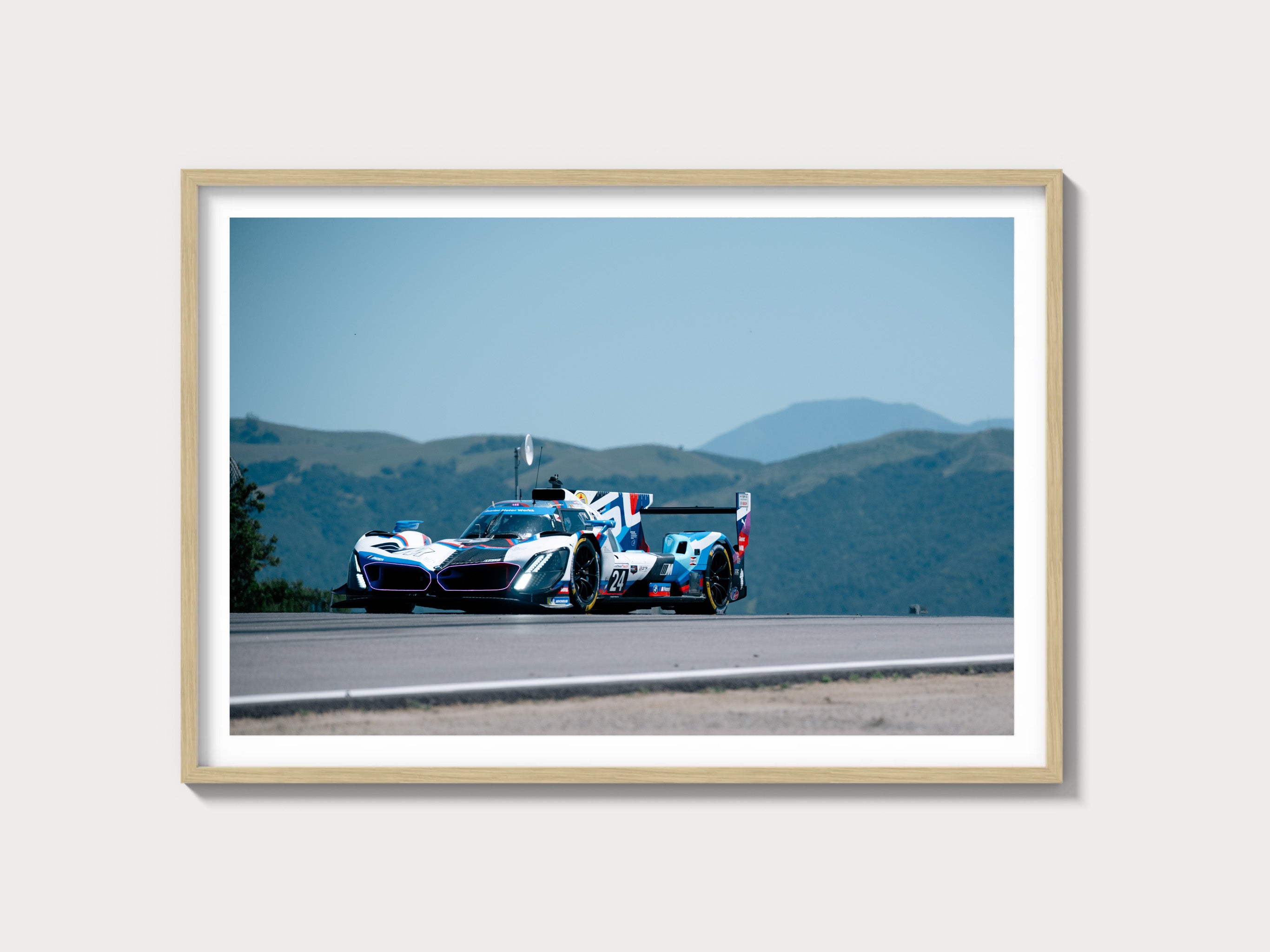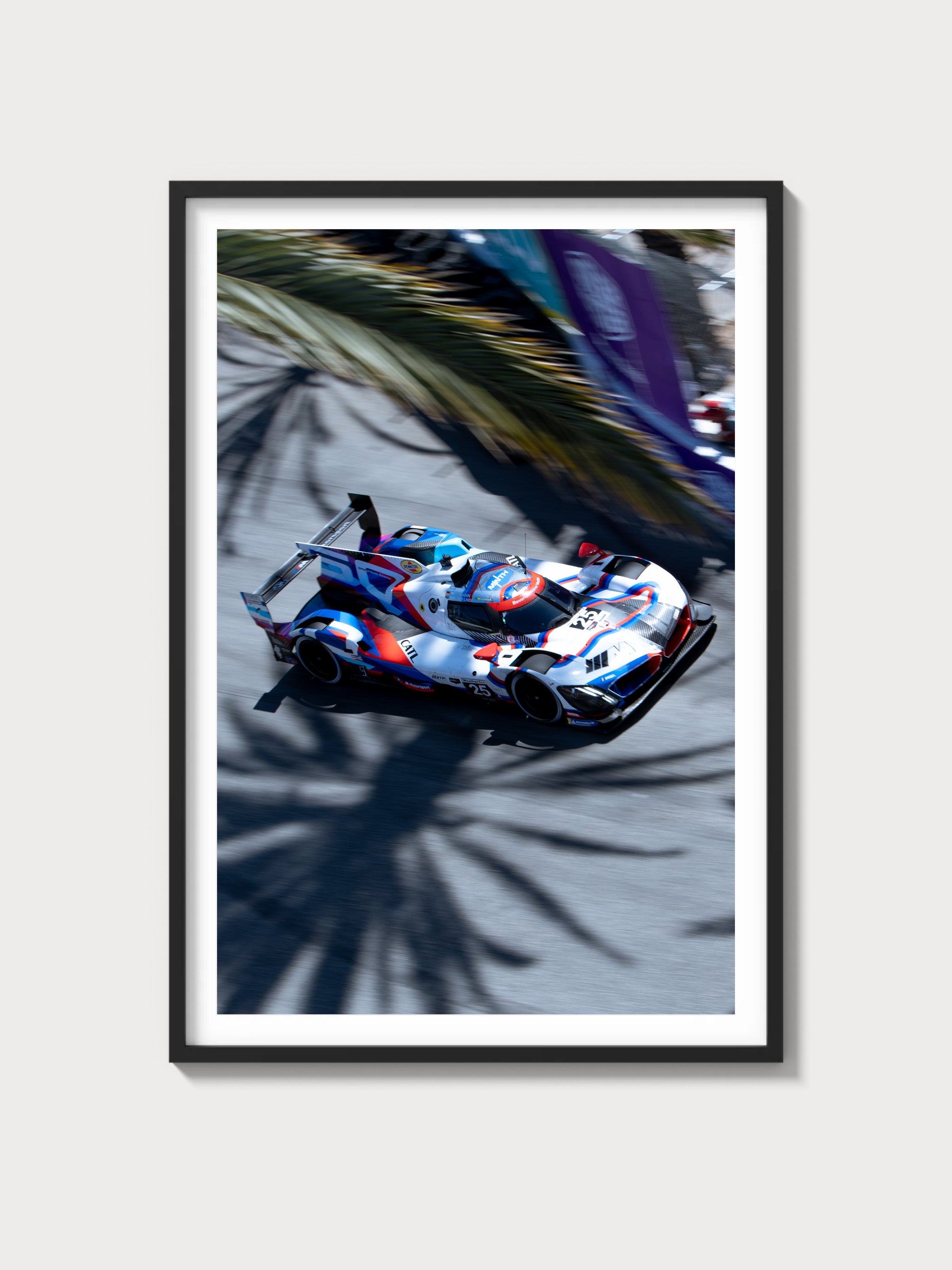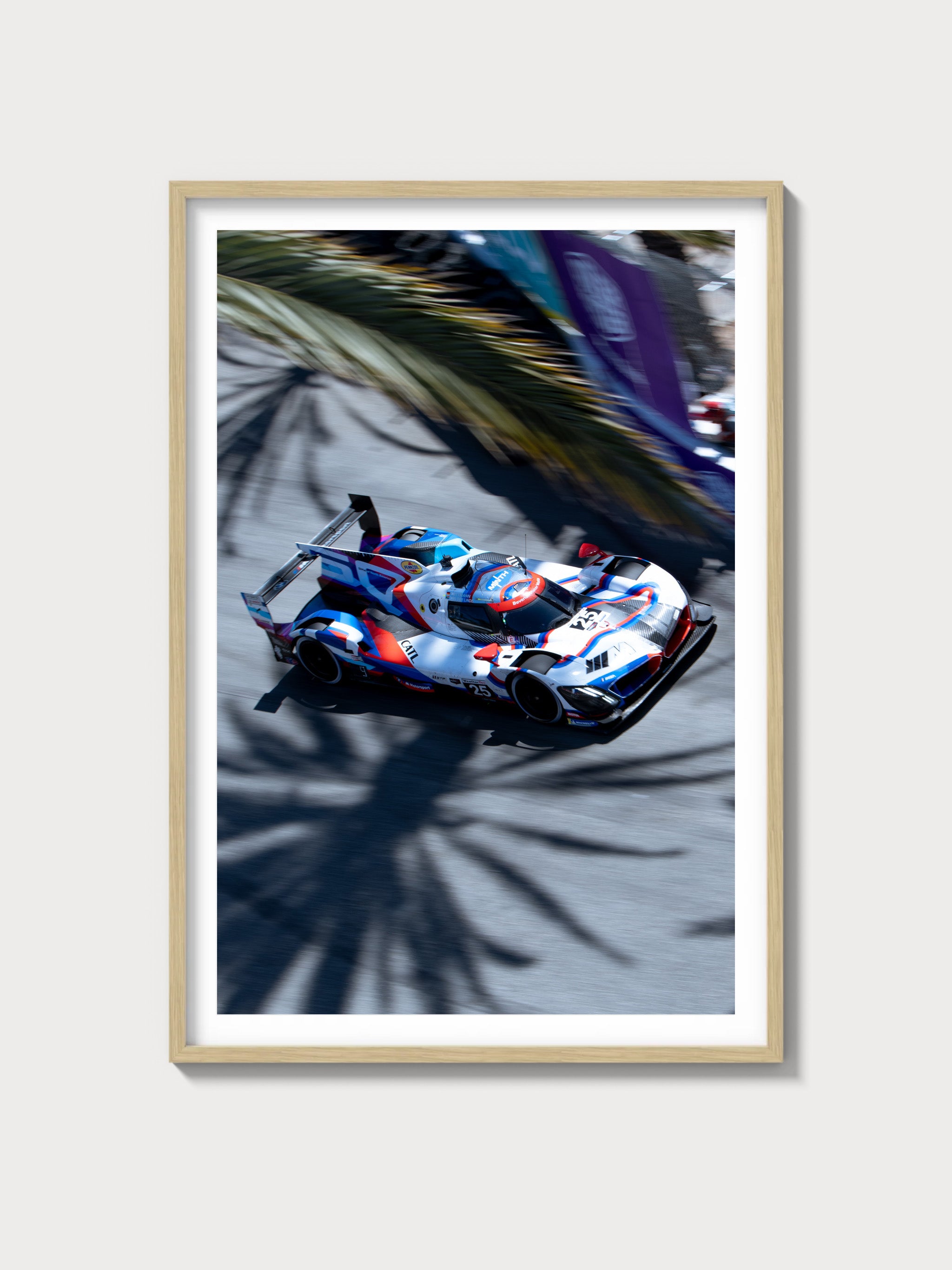Exploring the 1978–1979 Ford Bronco Base: A Study of a Second-Generation Icon
Historical Context and Development Background
The late 1970s marked a transformative period for the American automotive industry, with a shift towards more powerful and versatile SUVs. The 1978–1979 Ford Bronco Base emerged during this era as the second generation of the iconic Bronco line. Ford sought to capitalize on the growing demand for full-size, off-road capable vehicles. The design was a reflection of the times, featuring a larger body on a shortened F-Series truck chassis, which provided a robust platform for both off-road prowess and on-road comfort.
In the competitive landscape, the Bronco faced off against the likes of the Chevrolet Blazer and the Dodge Ramcharger, each vying for dominance in the burgeoning SUV market. Ford's strategic decisions in design and engineering, such as the introduction of a removable roof and improved suspension, played a crucial role in the Bronco's success during these years.
Engine and Technical Specifications
| Specification | Details |
|---|---|
| Engine Configuration | V8 |
| Displacement | 351 cu in (5.8 L) |
| Horsepower | 156 hp |
| Induction Type | Natural Aspiration |
| Redline | 4,800 RPM |
| Fuel System | Carbureted |
| Compression Ratio | 8.0:1 |
| Bore x Stroke | 4.00 in x 3.50 in |
Driving Experience and Handling Dynamics
The Bronco's driving experience was characterized by its commanding road presence and capable off-road performance. The suspension, featuring a coil spring setup at the front and leaf springs at the rear, was tuned to balance comfort and off-road capability. The steering was typical of the era, offering a direct but somewhat heavy feel. With a 4-speed manual transmission available, the Bronco provided enthusiasts with a tactile and engaging driving experience, particularly when navigating challenging terrain.
Full Performance Specifications
| Performance Metric | Details |
|---|---|
| 0-60 mph | 11.5 seconds |
| Top Speed | 100 mph |
| Quarter Mile | 18.5 seconds |
| Weight | 4,663 lbs |
| Layout | Front Engine, Four-Wheel Drive |
| Brakes | Disc/Drum |
| Suspension | Front: Coil Springs, Rear: Leaf Springs |
| Gearbox Type | 4-speed Manual |
Variant Breakdown
- Base Model: Standard features with optional air conditioning and AM/FM radio. Production numbers were approximately 30,000 units across both years.
- Ranger XLT: Upgraded interior and exterior trim, more luxurious features. Production numbers were smaller, reflecting its premium positioning.
Ownership Notes
Owning a 1978–1979 Ford Bronco requires a commitment to maintenance, especially given the vehicle's age. Parts availability remains decent, thanks to a robust aftermarket and the Bronco's enduring popularity. Restoration can be challenging due to potential rust issues, particularly in the chassis and body panels. Regular service intervals should focus on suspension components and drivetrain maintenance to ensure longevity.
Cultural Relevance
The second-generation Bronco holds a significant place in automotive culture, often featured in period media and later celebrated in various enthusiast circles. Its rugged design and association with American automotive history have made it a desirable collector's item, with auction prices steadily appreciating. While it didn't have a direct racing legacy, its robust off-road capabilities made it a favorite in recreational off-roading.
FAQs
How reliable is the 1978–1979 Ford Bronco Base? Known for its durability, the Bronco is generally reliable when properly maintained.
What are common issues with this generation of the Bronco? Rust, particularly in the body and frame, and wear in the suspension components are common concerns.
Is the Bronco a good investment? Given its cultural significance and growing collector interest, the Bronco can be a solid investment, especially well-preserved examples.

